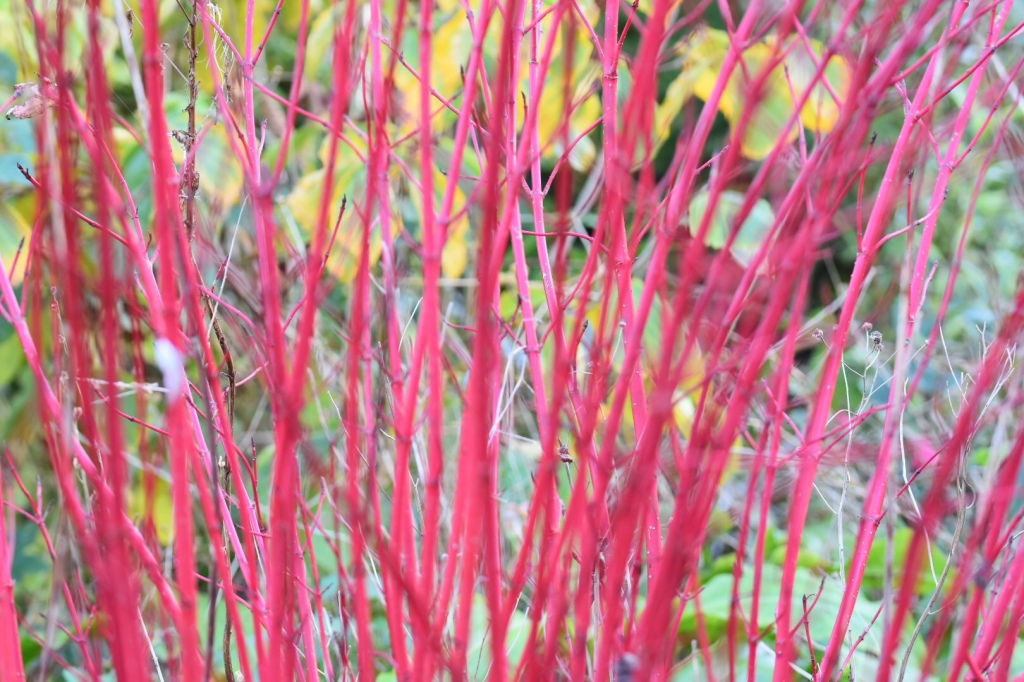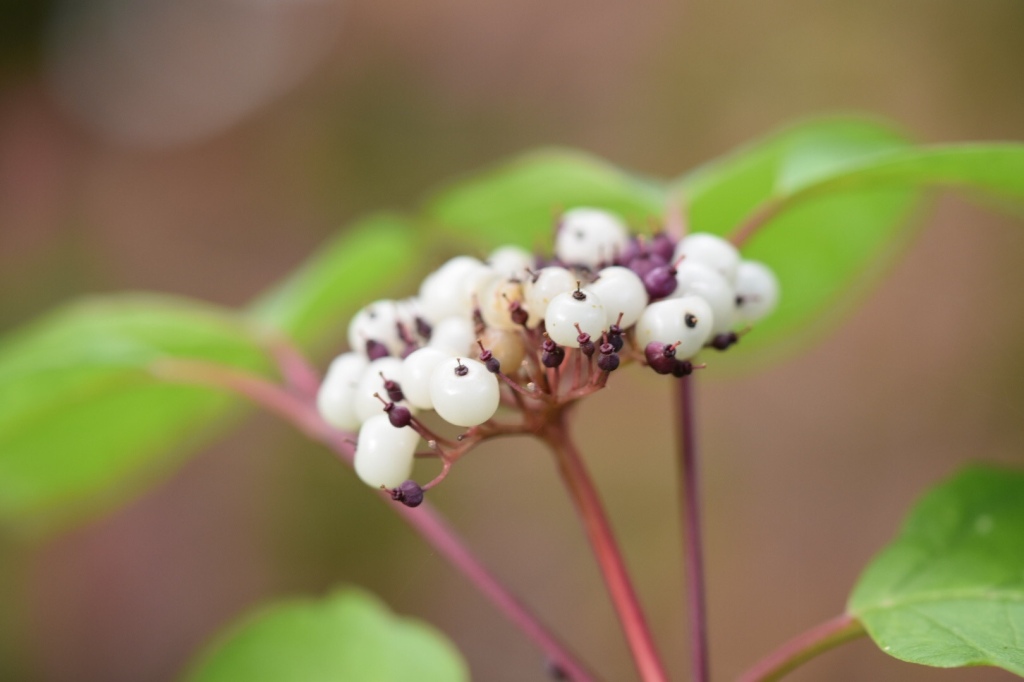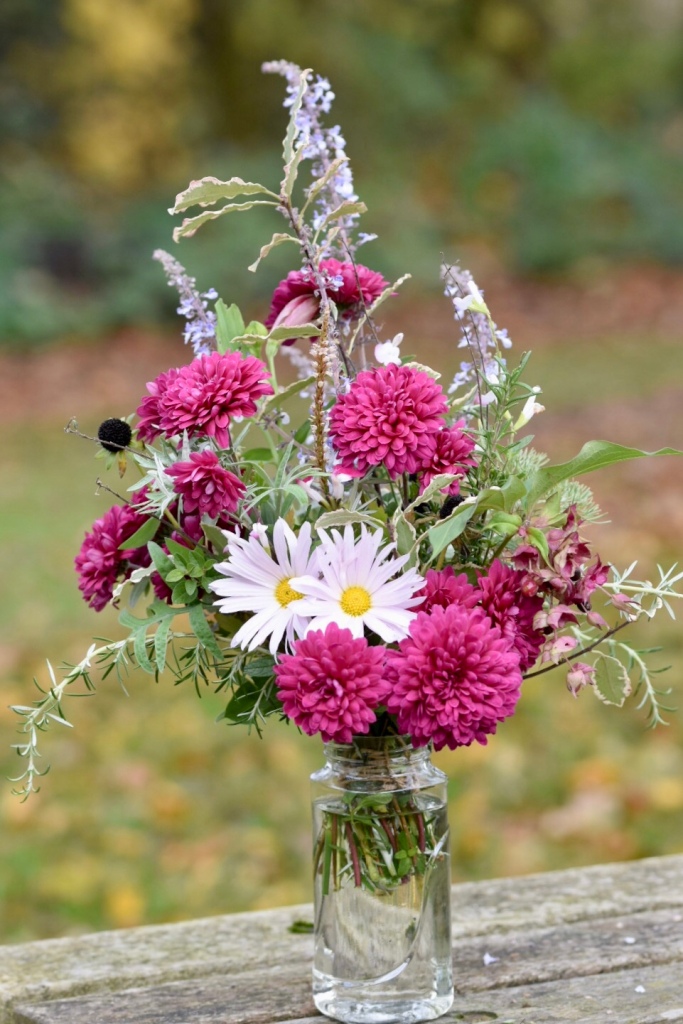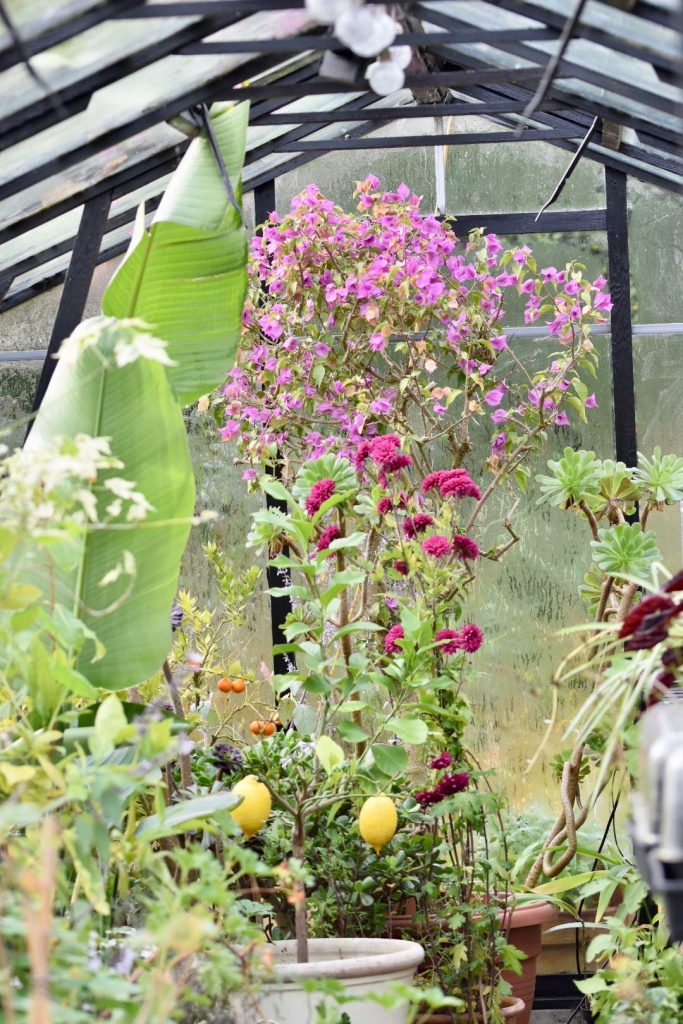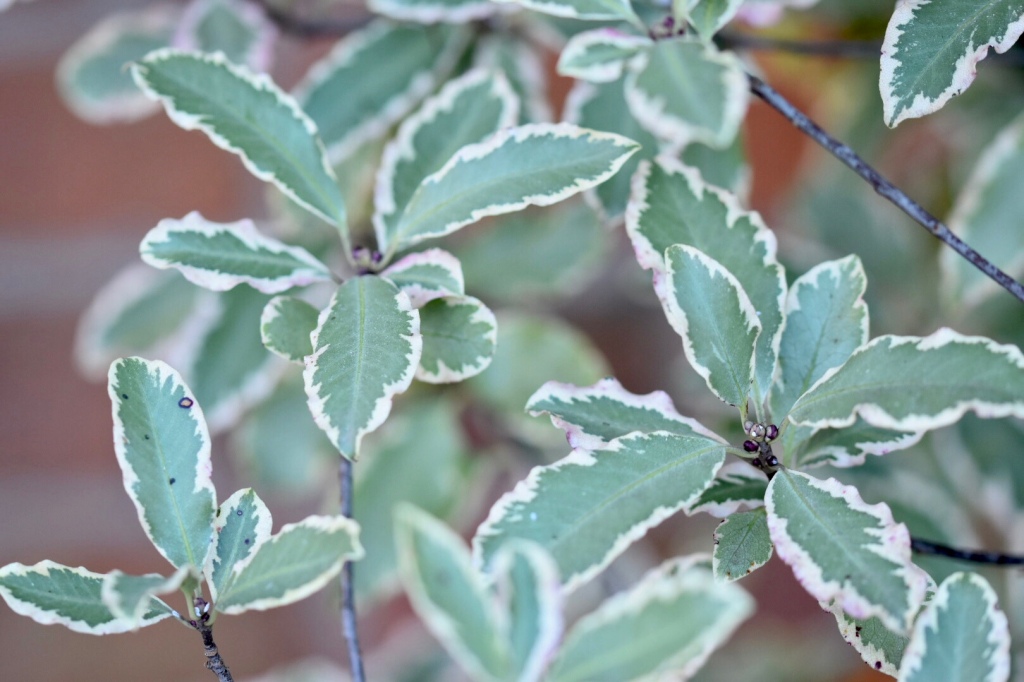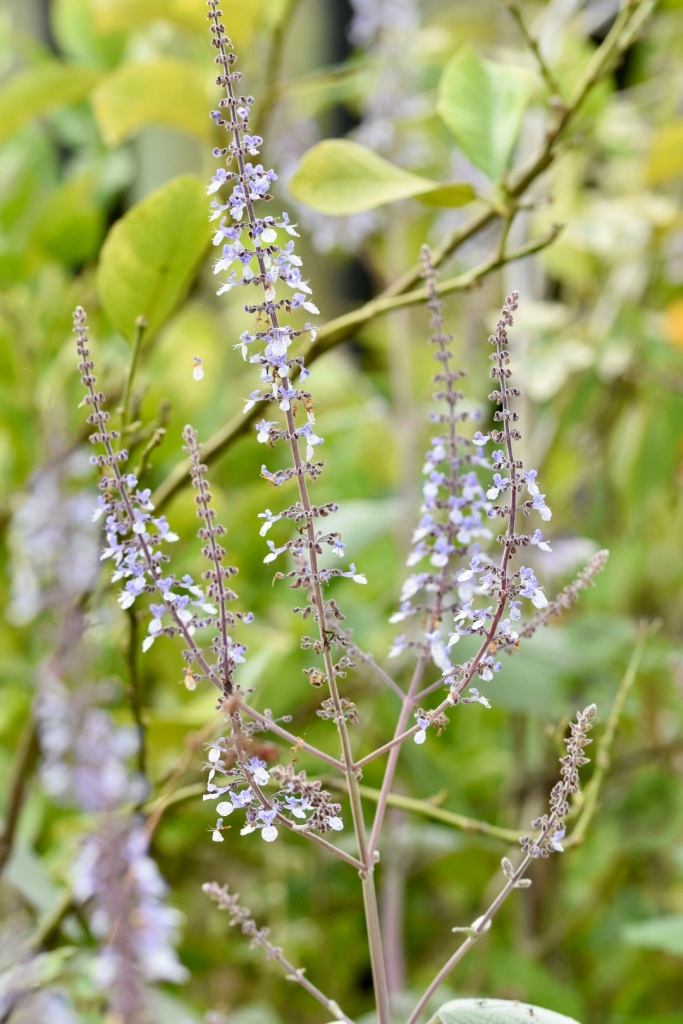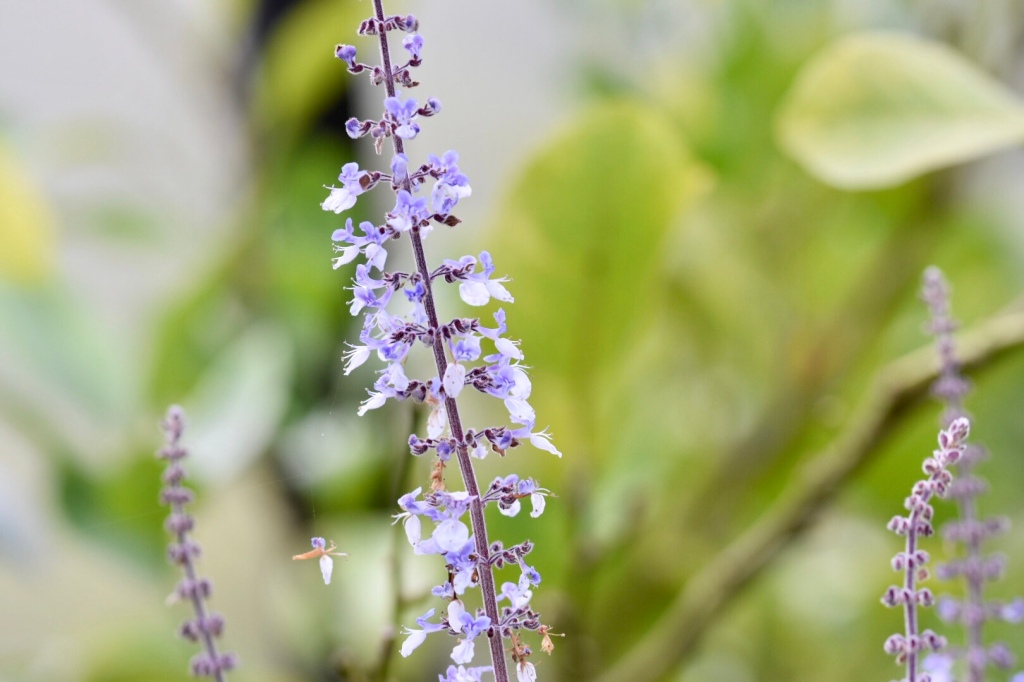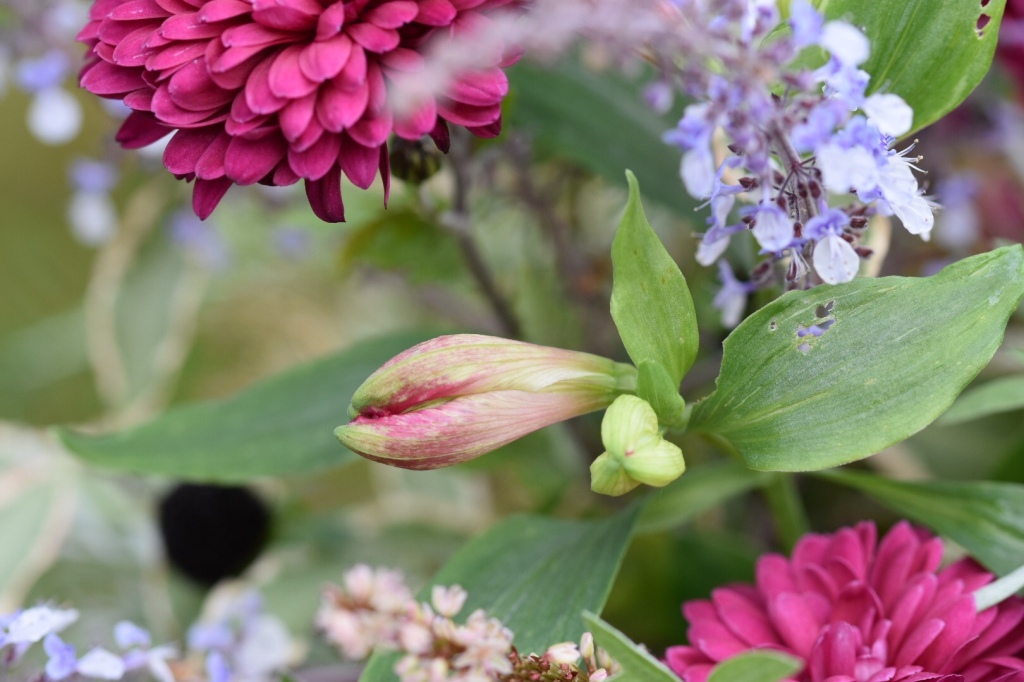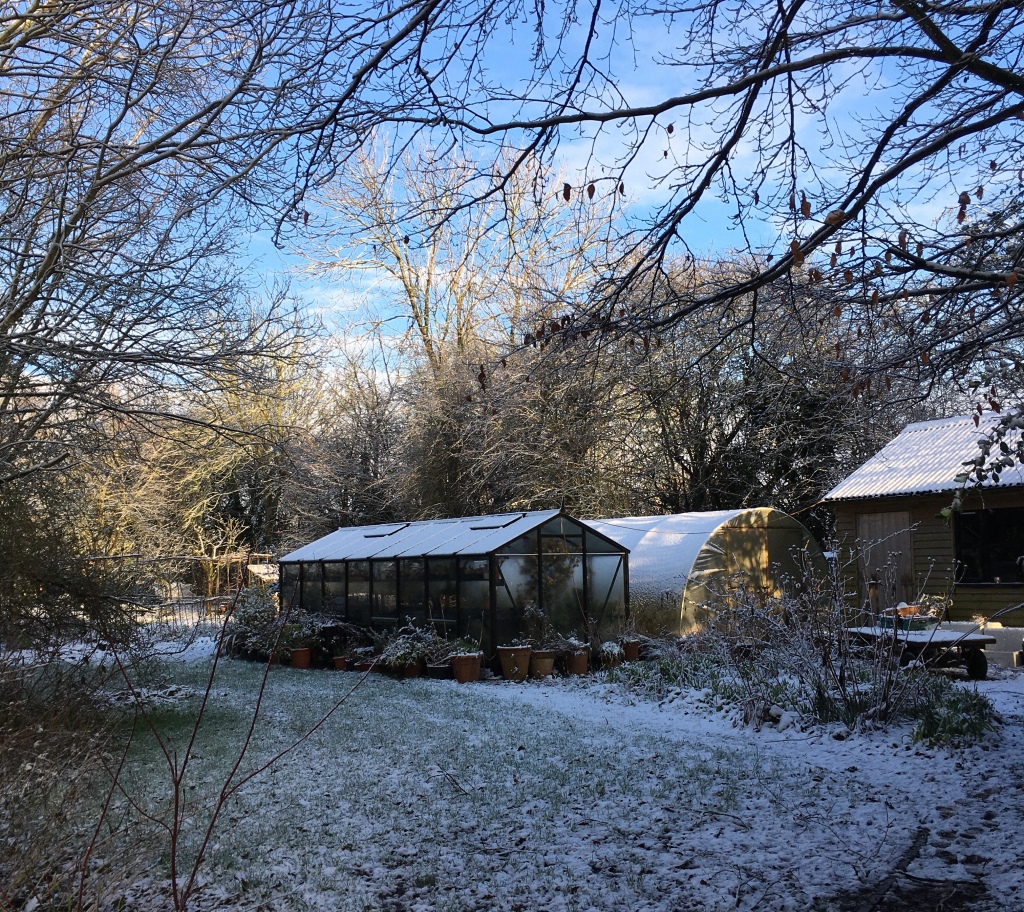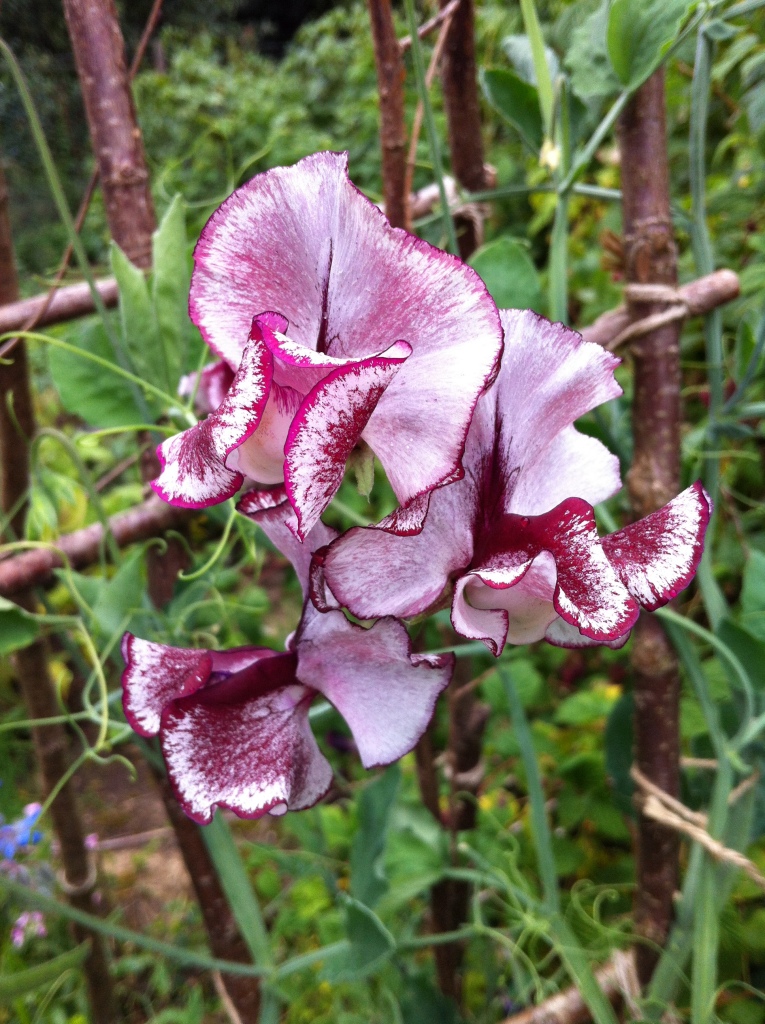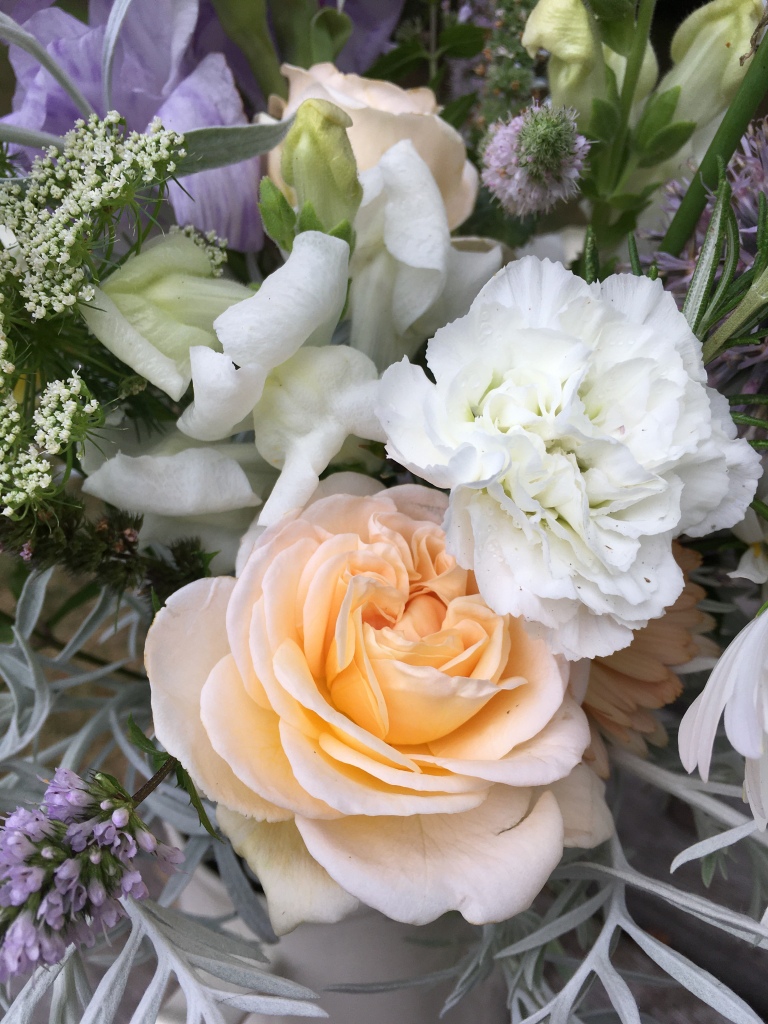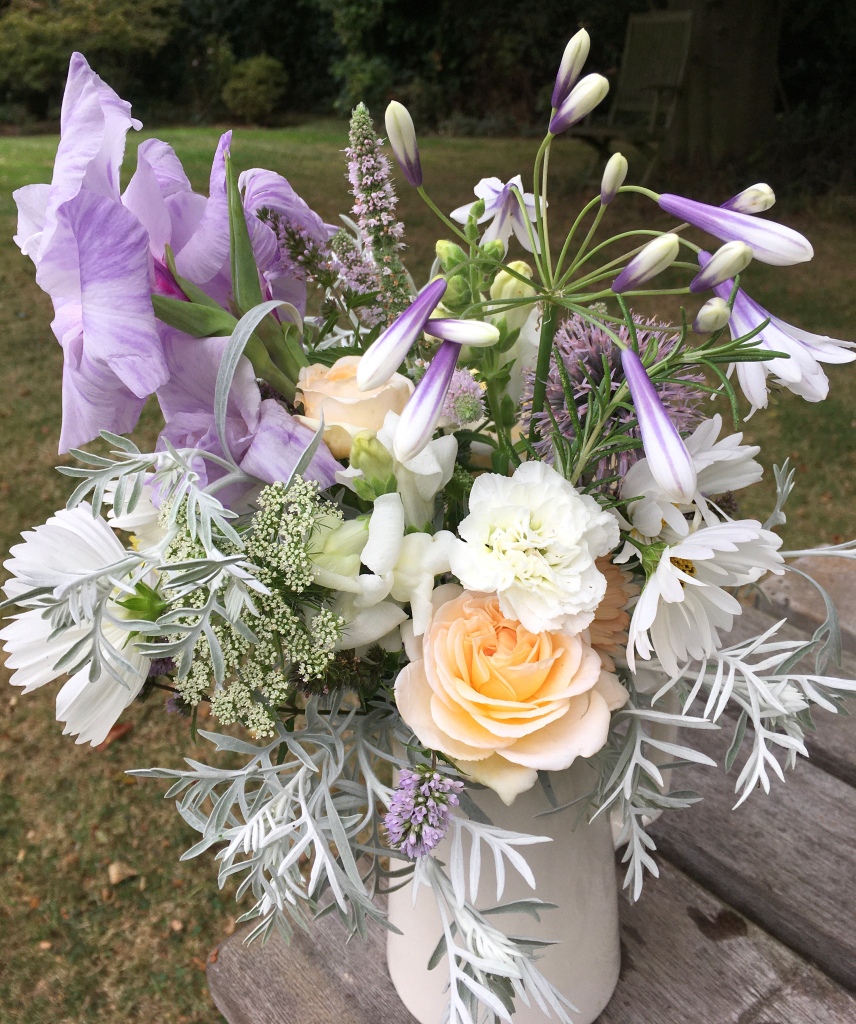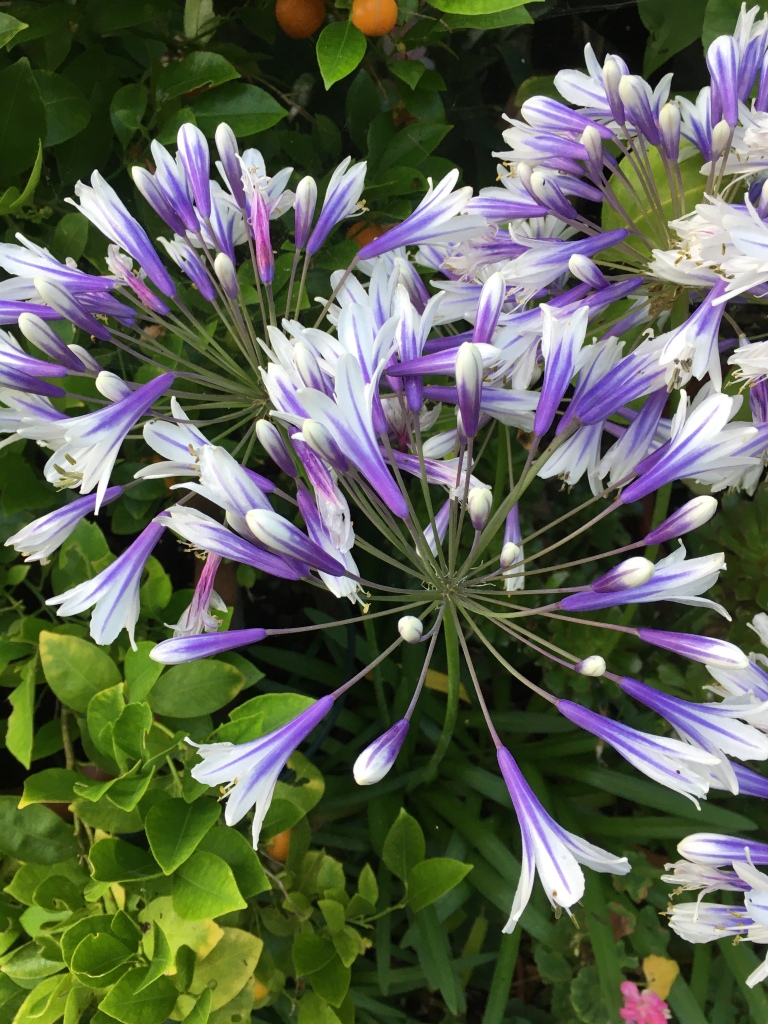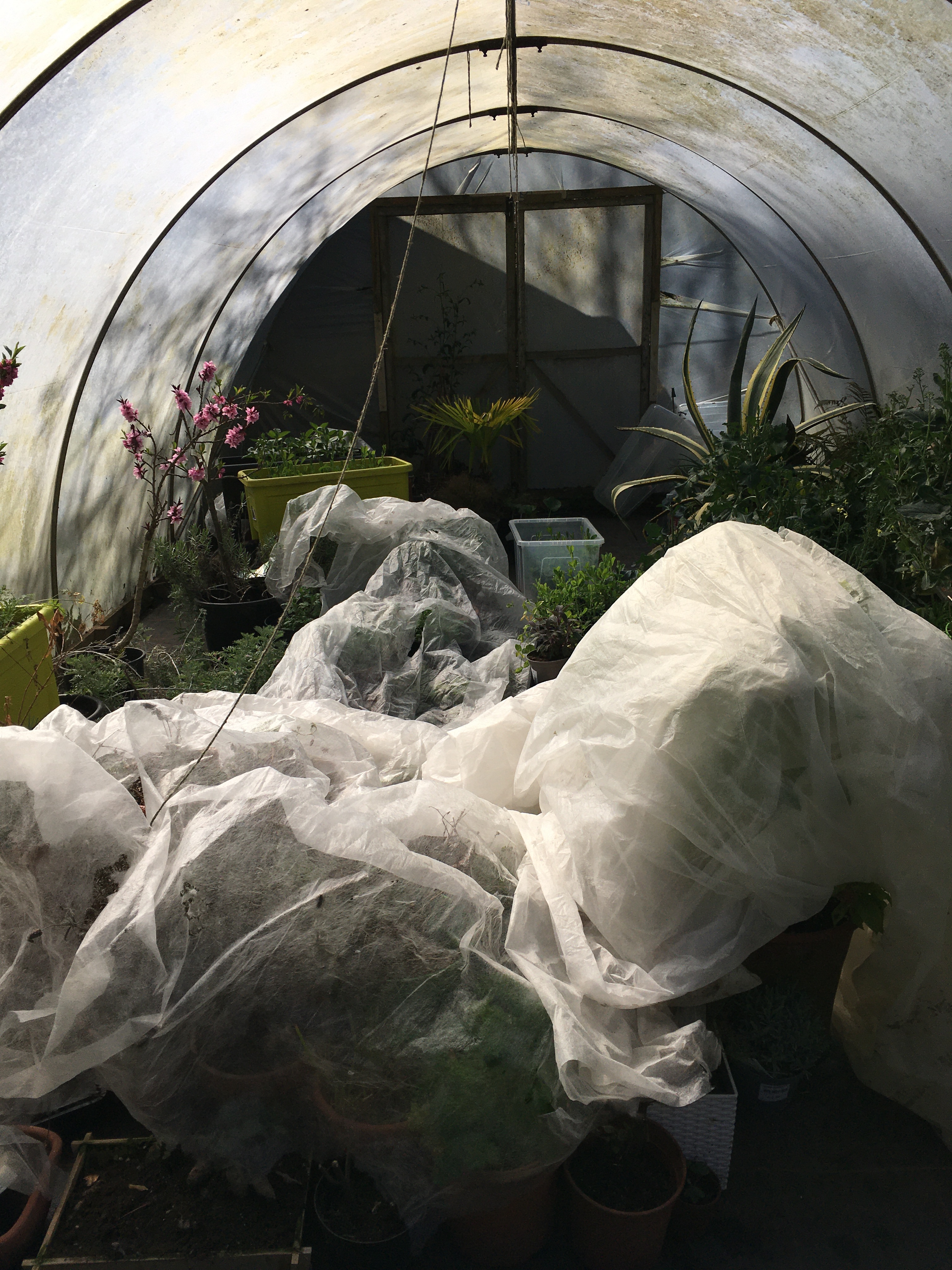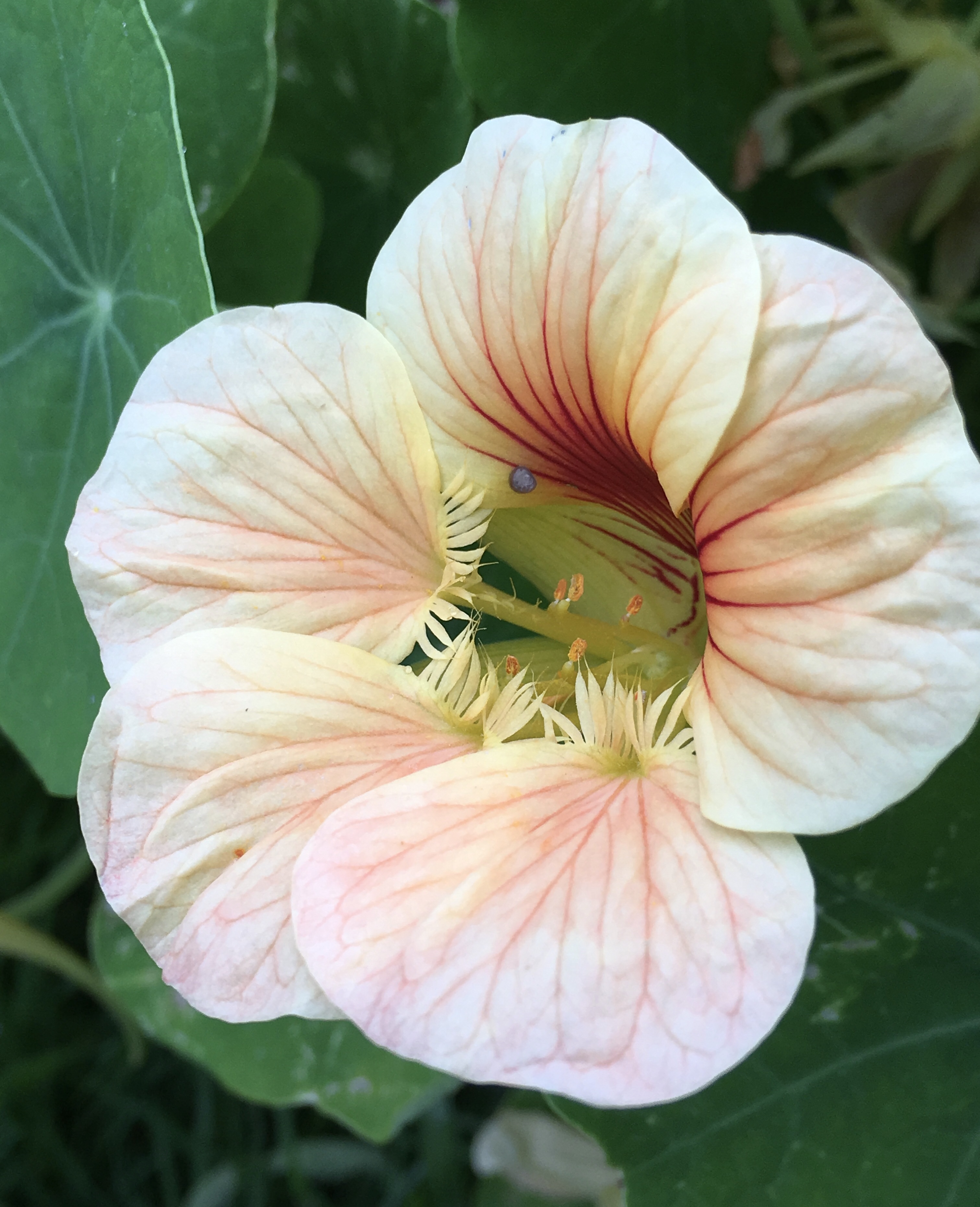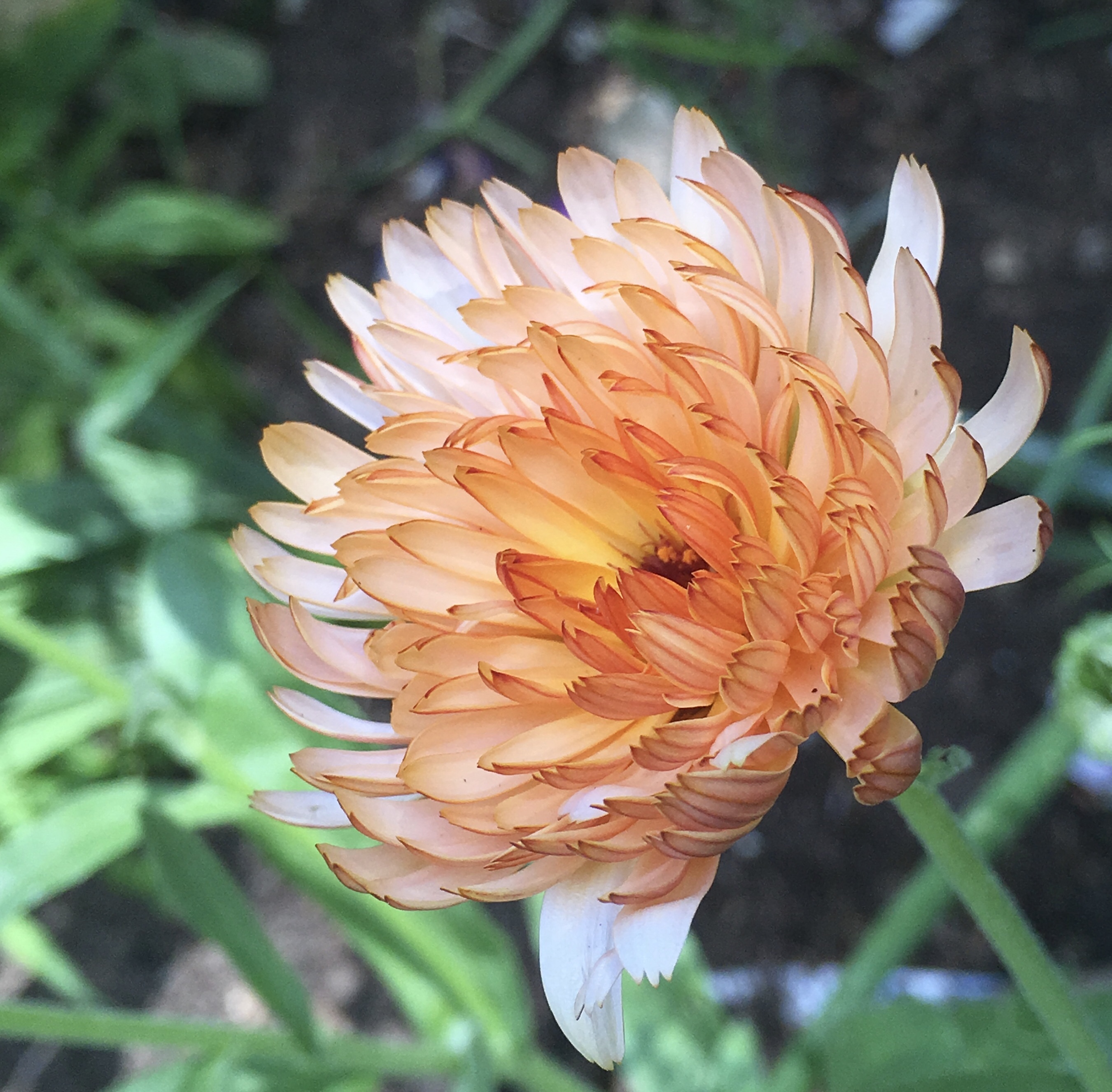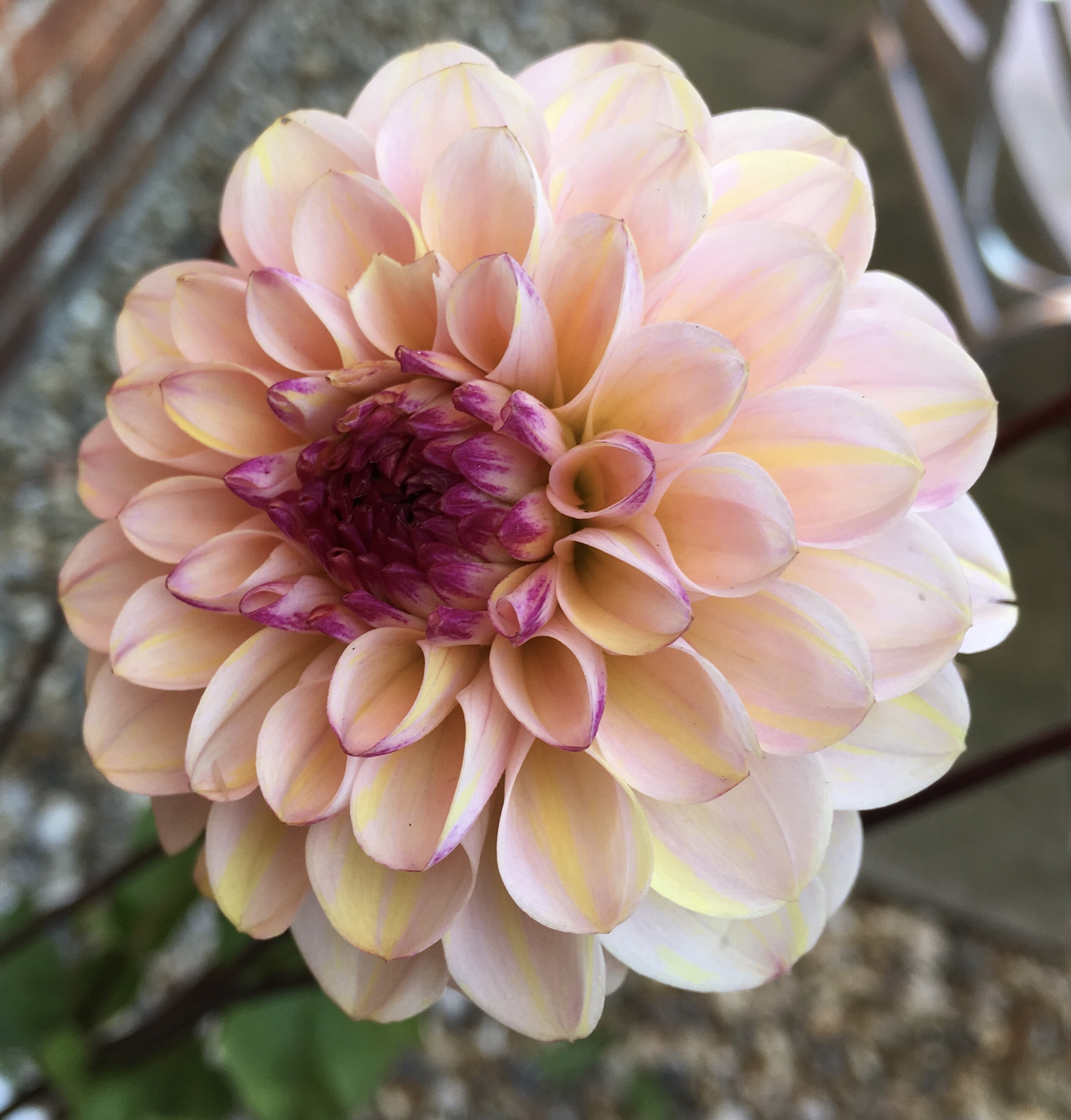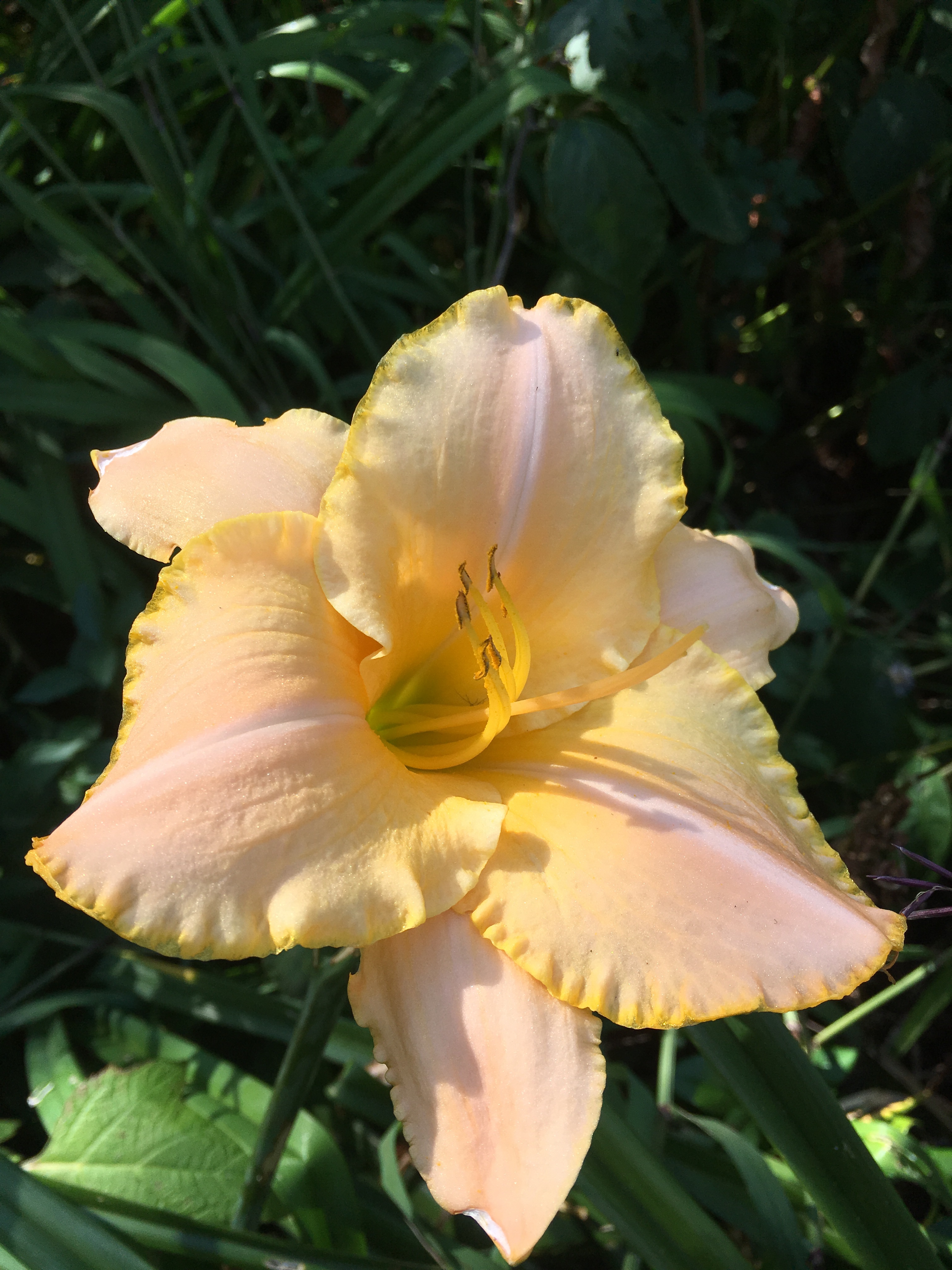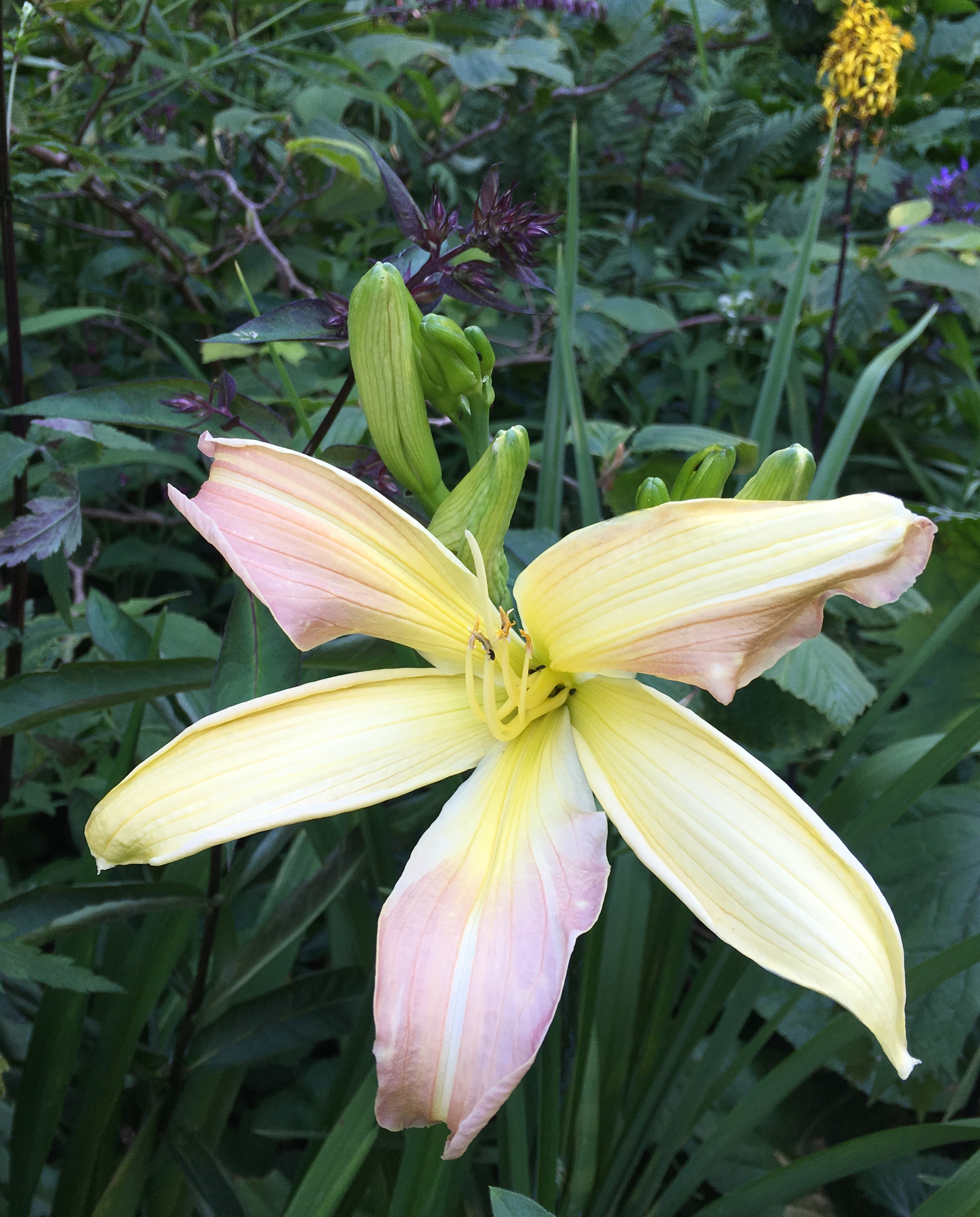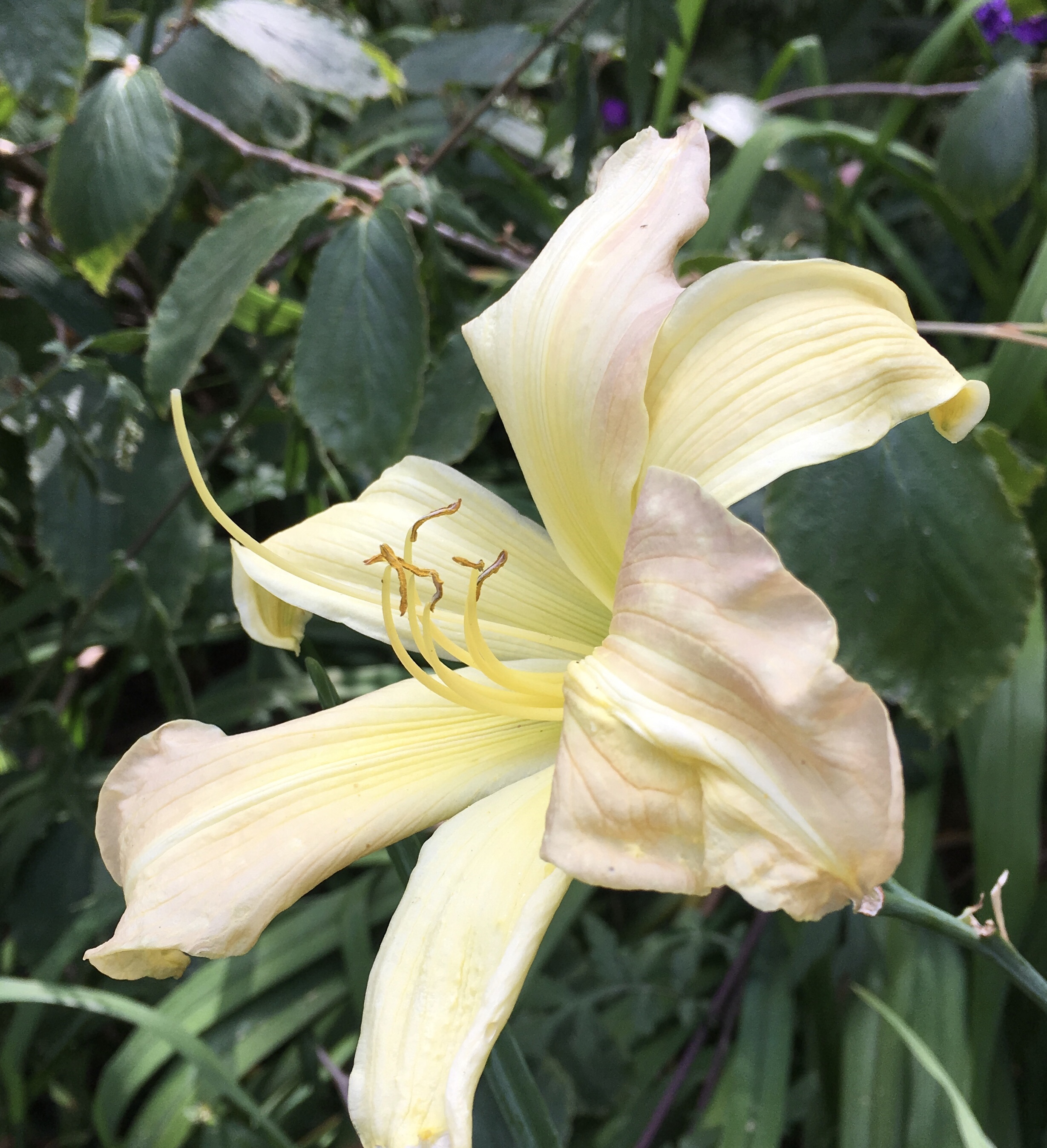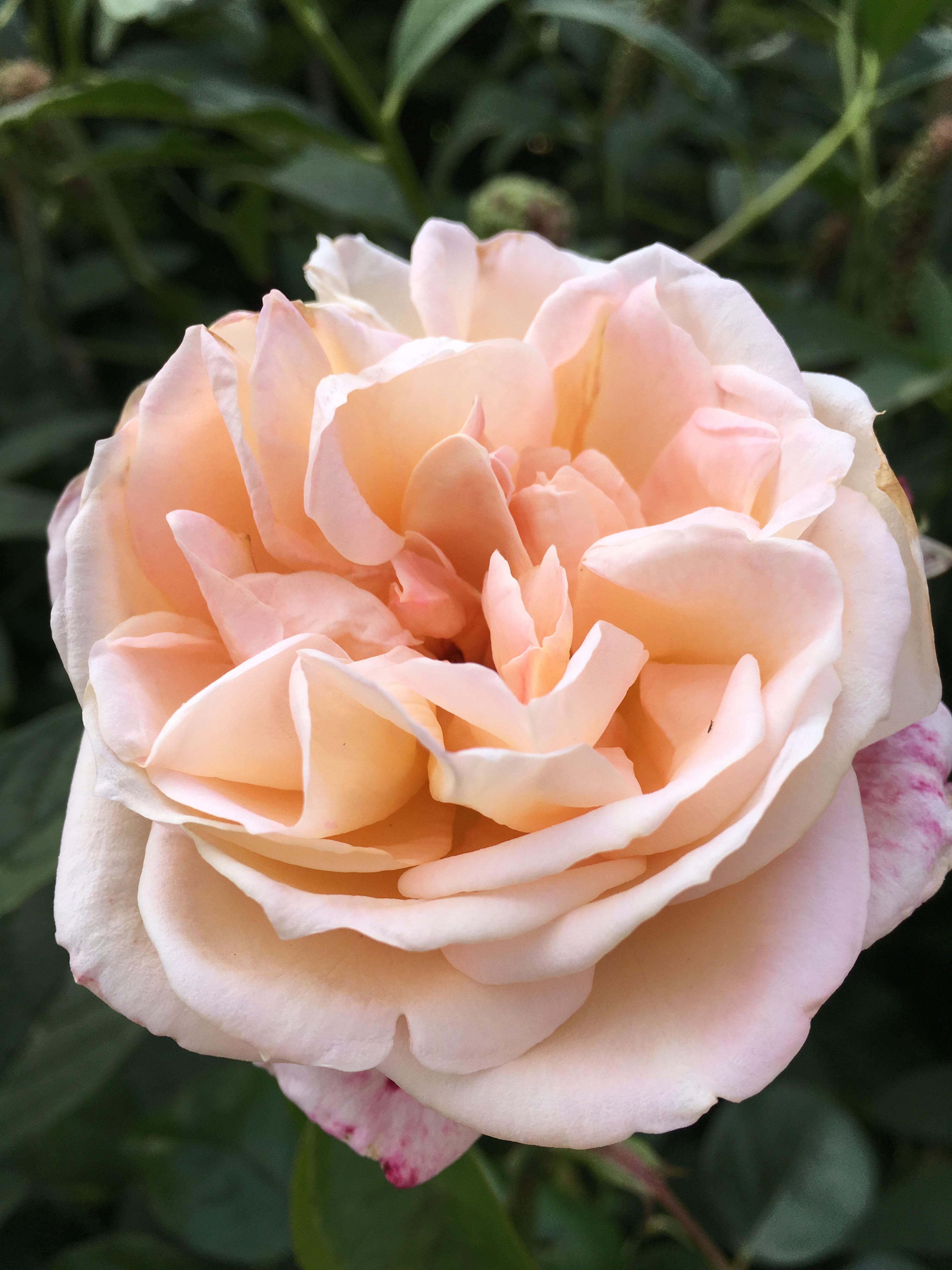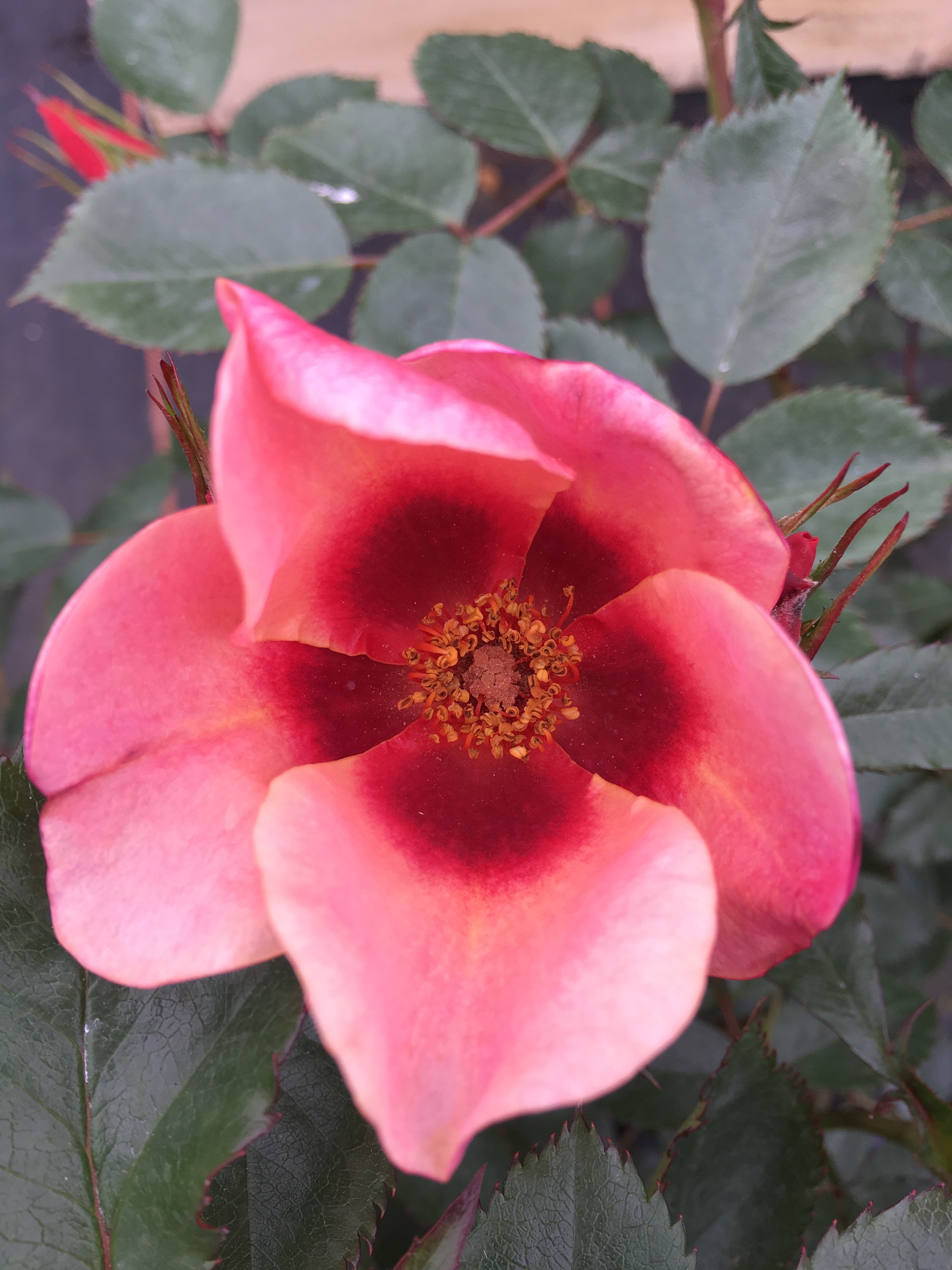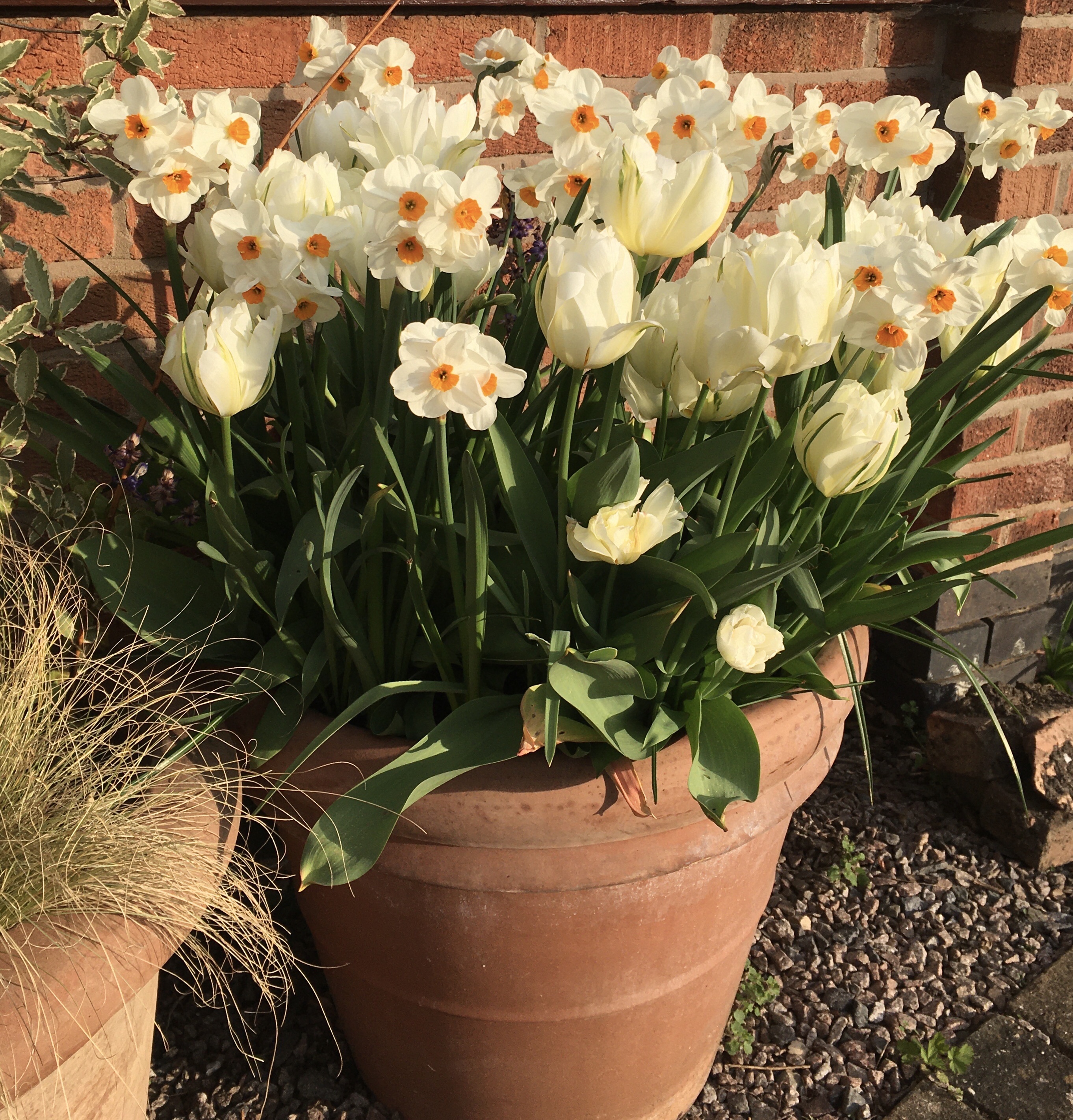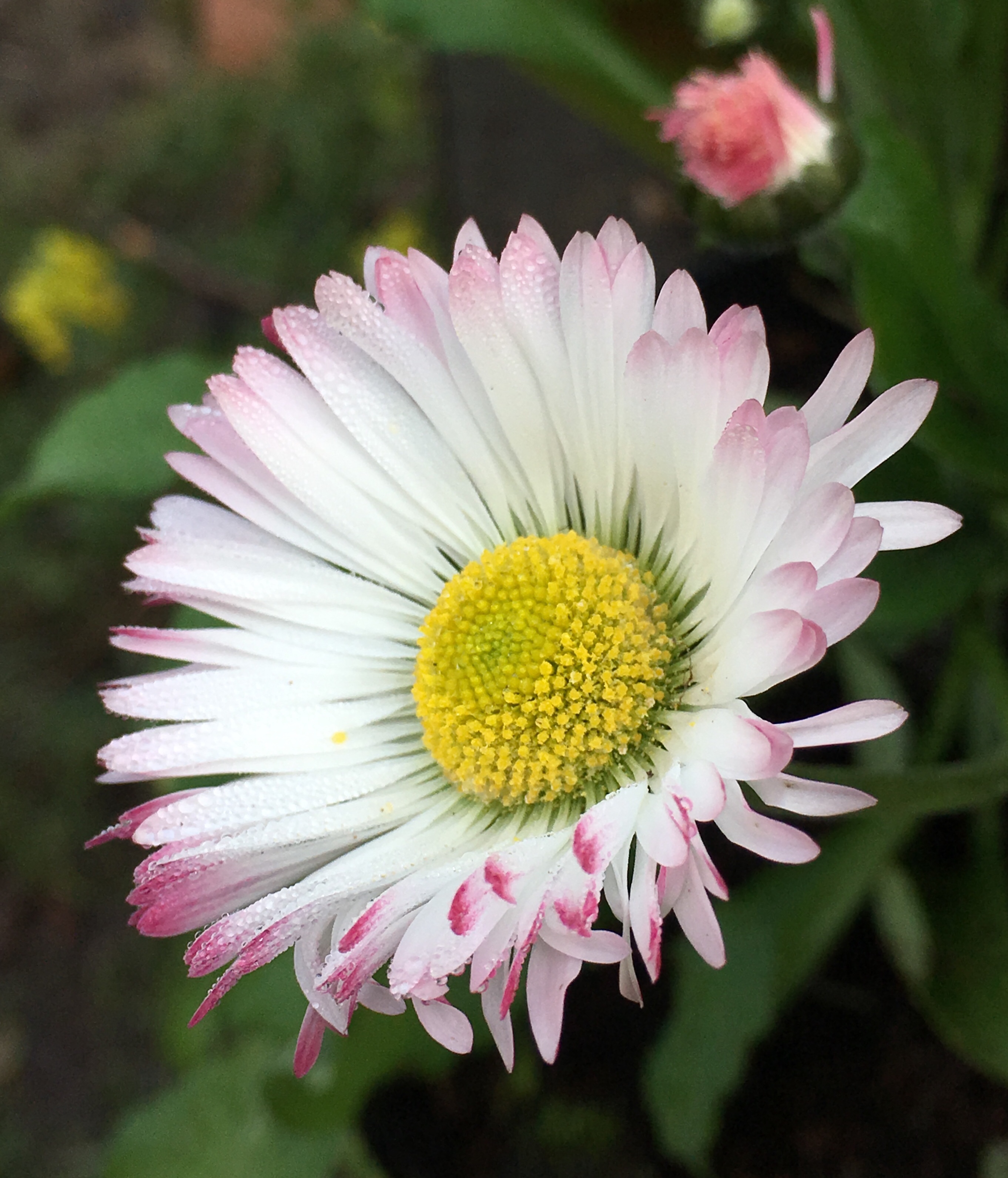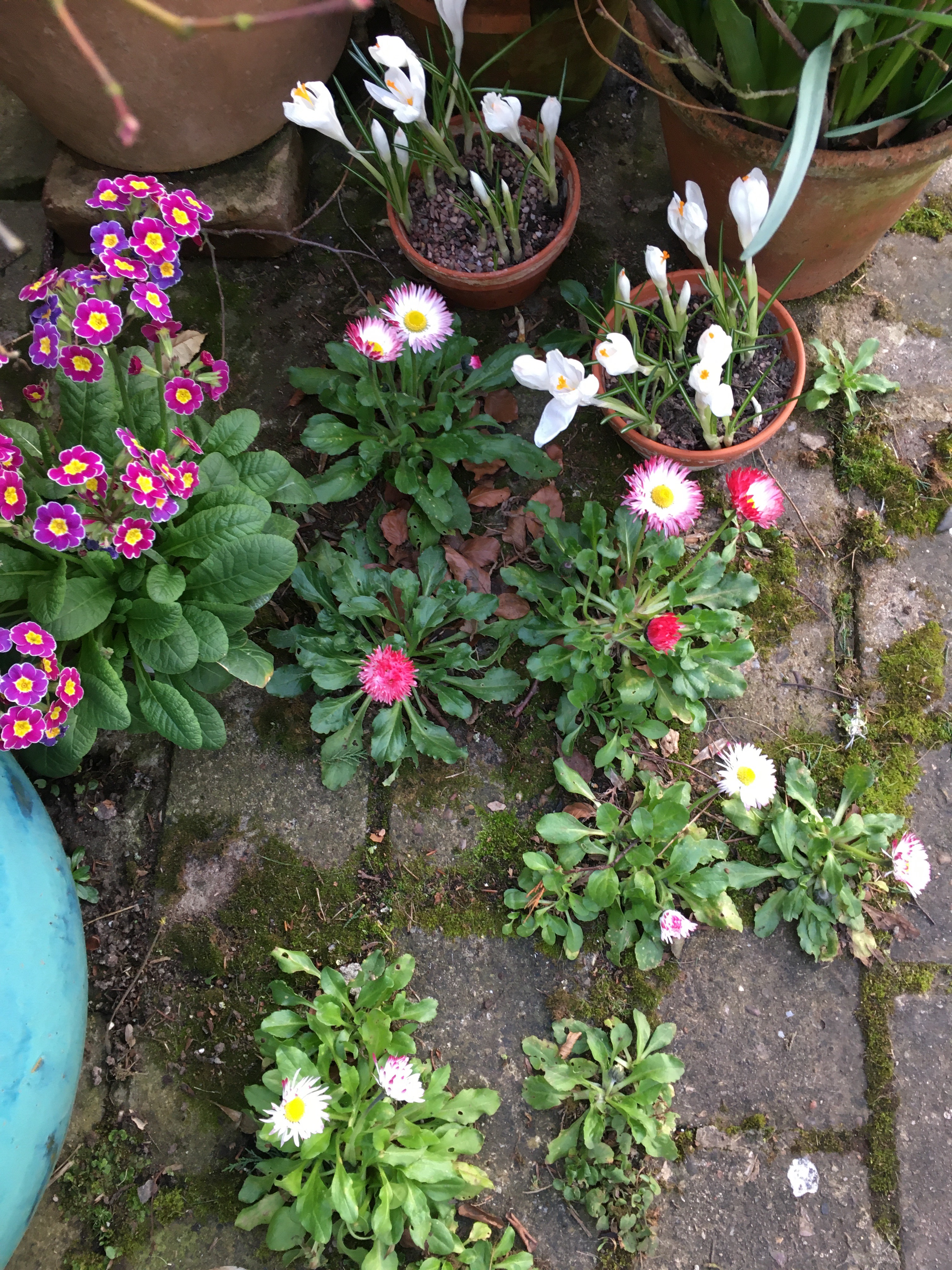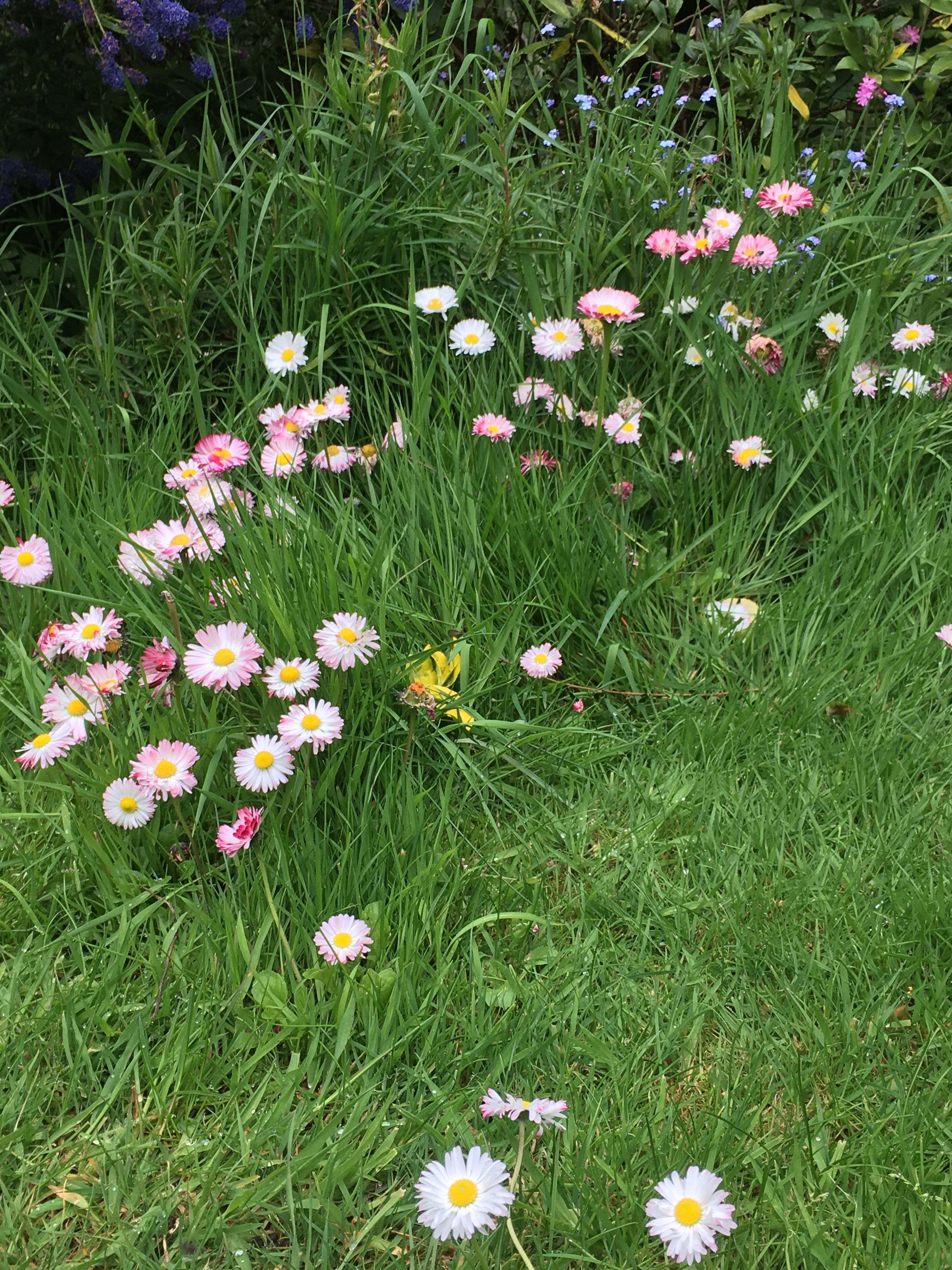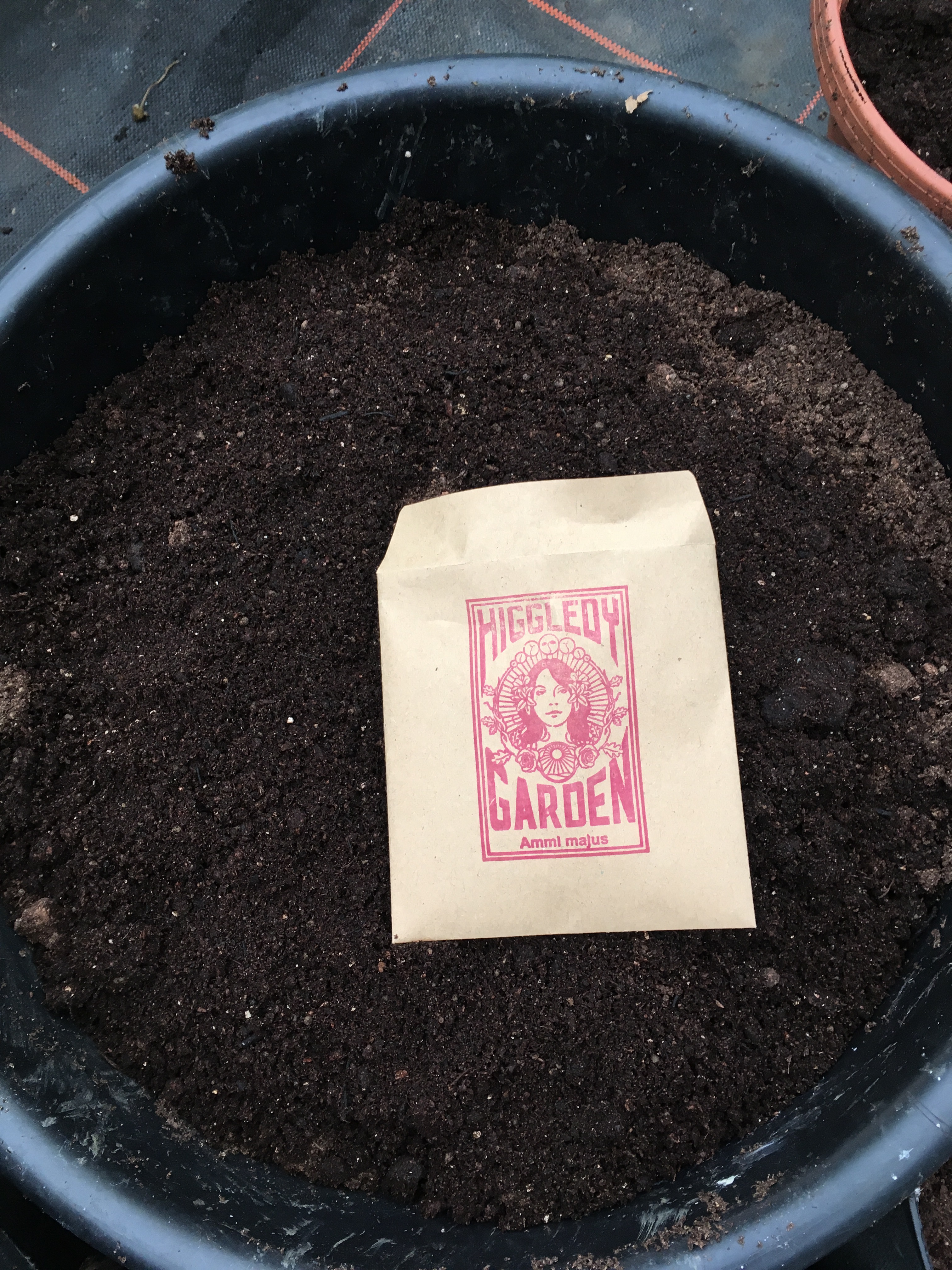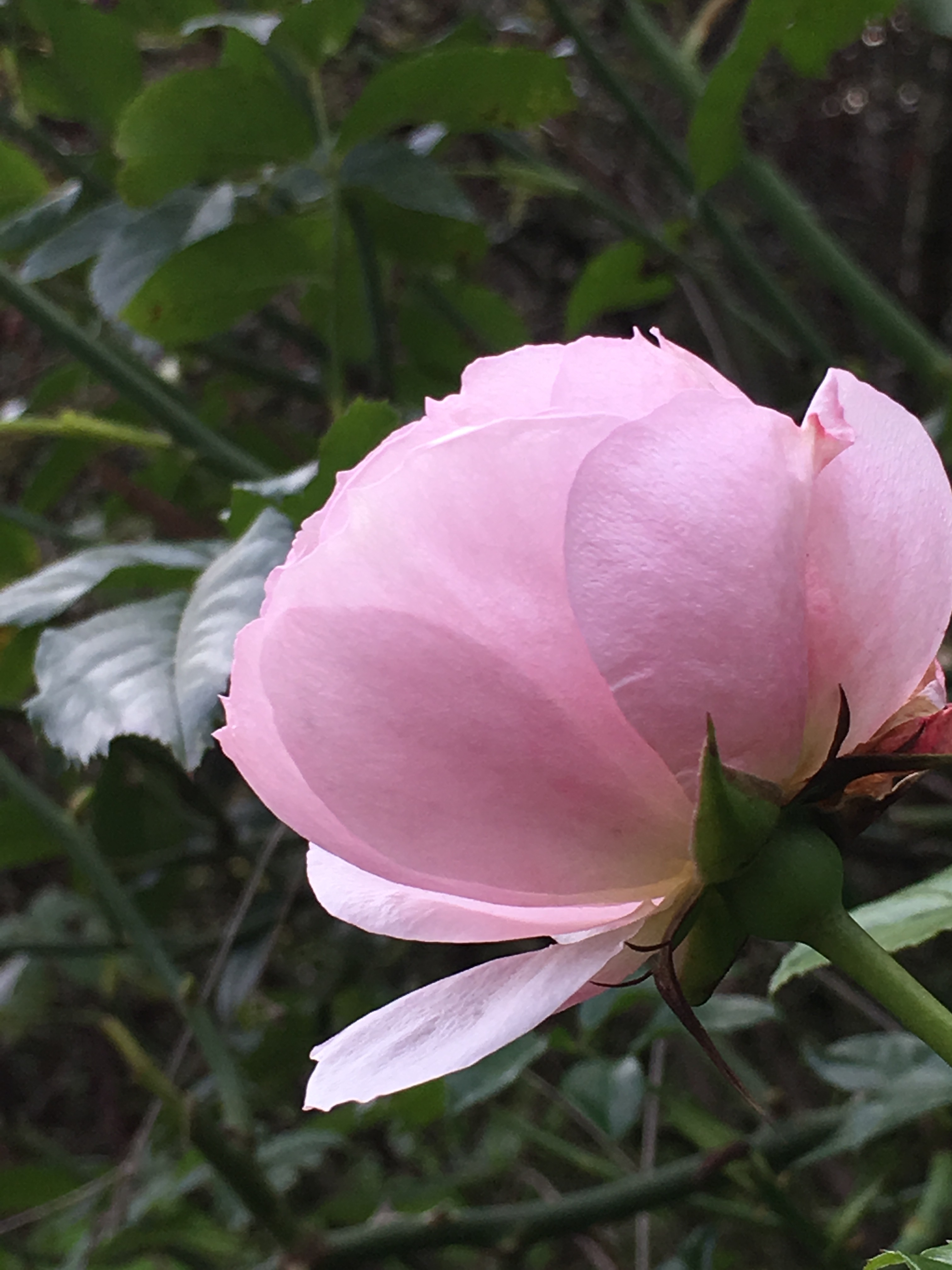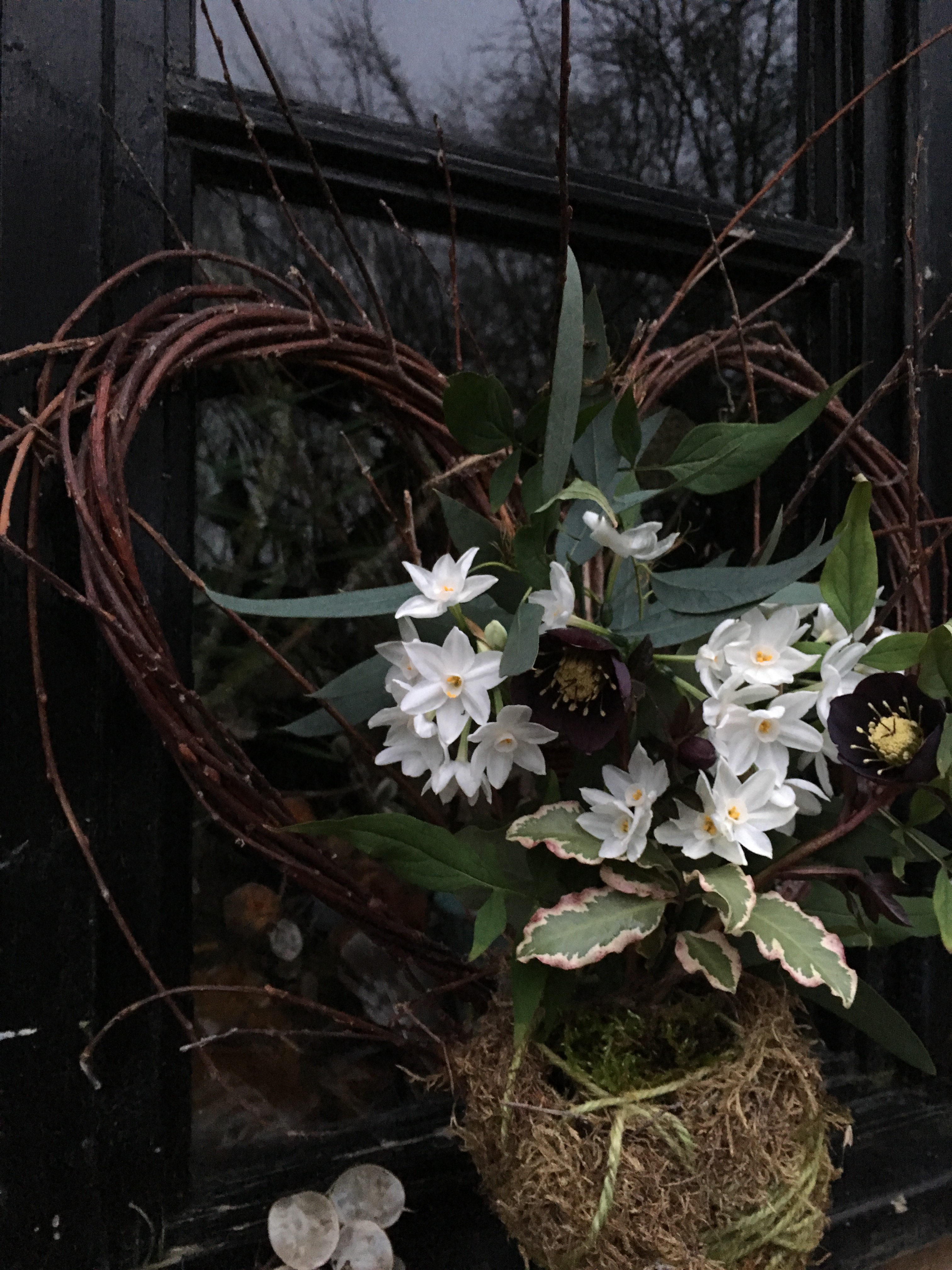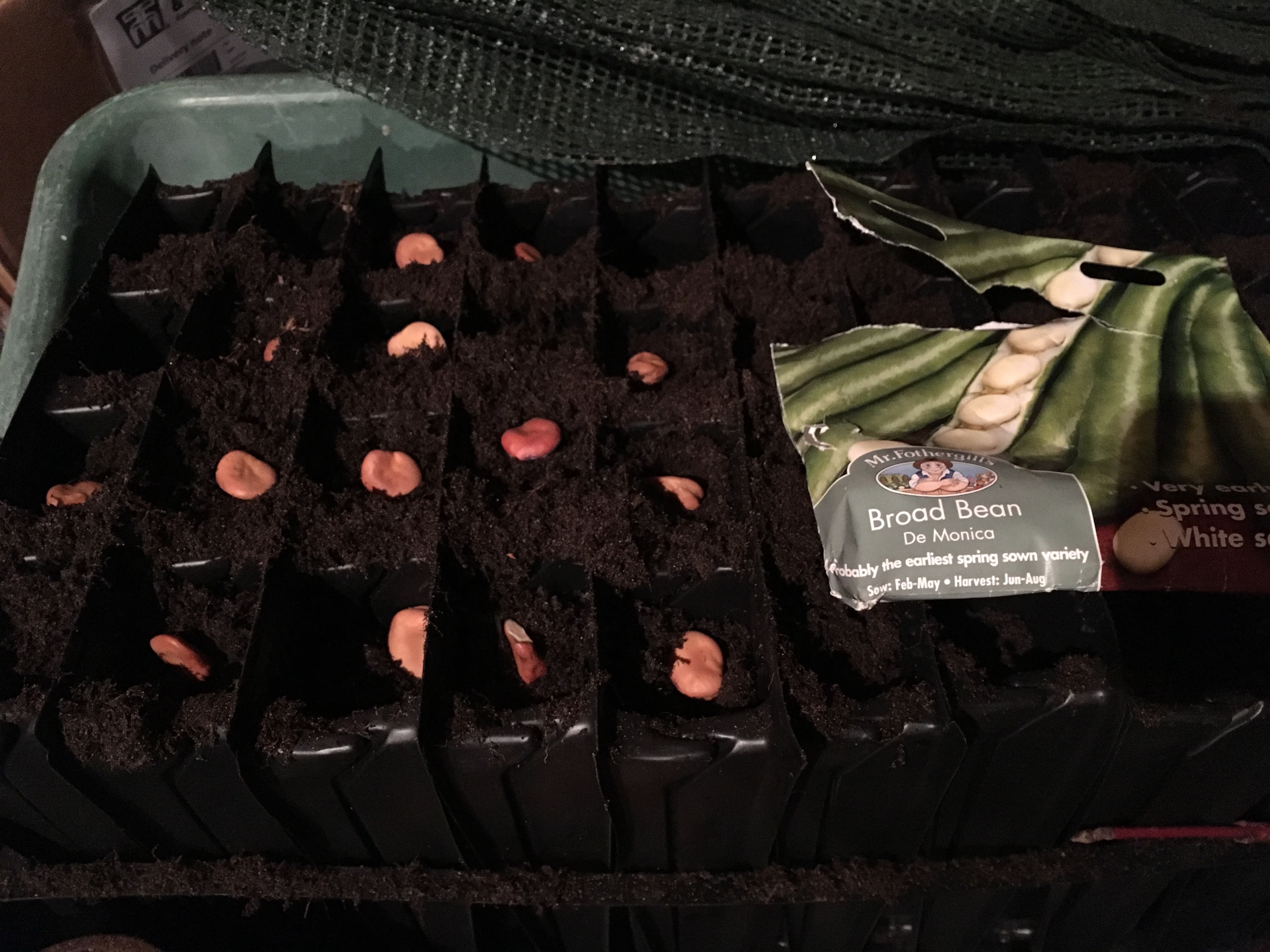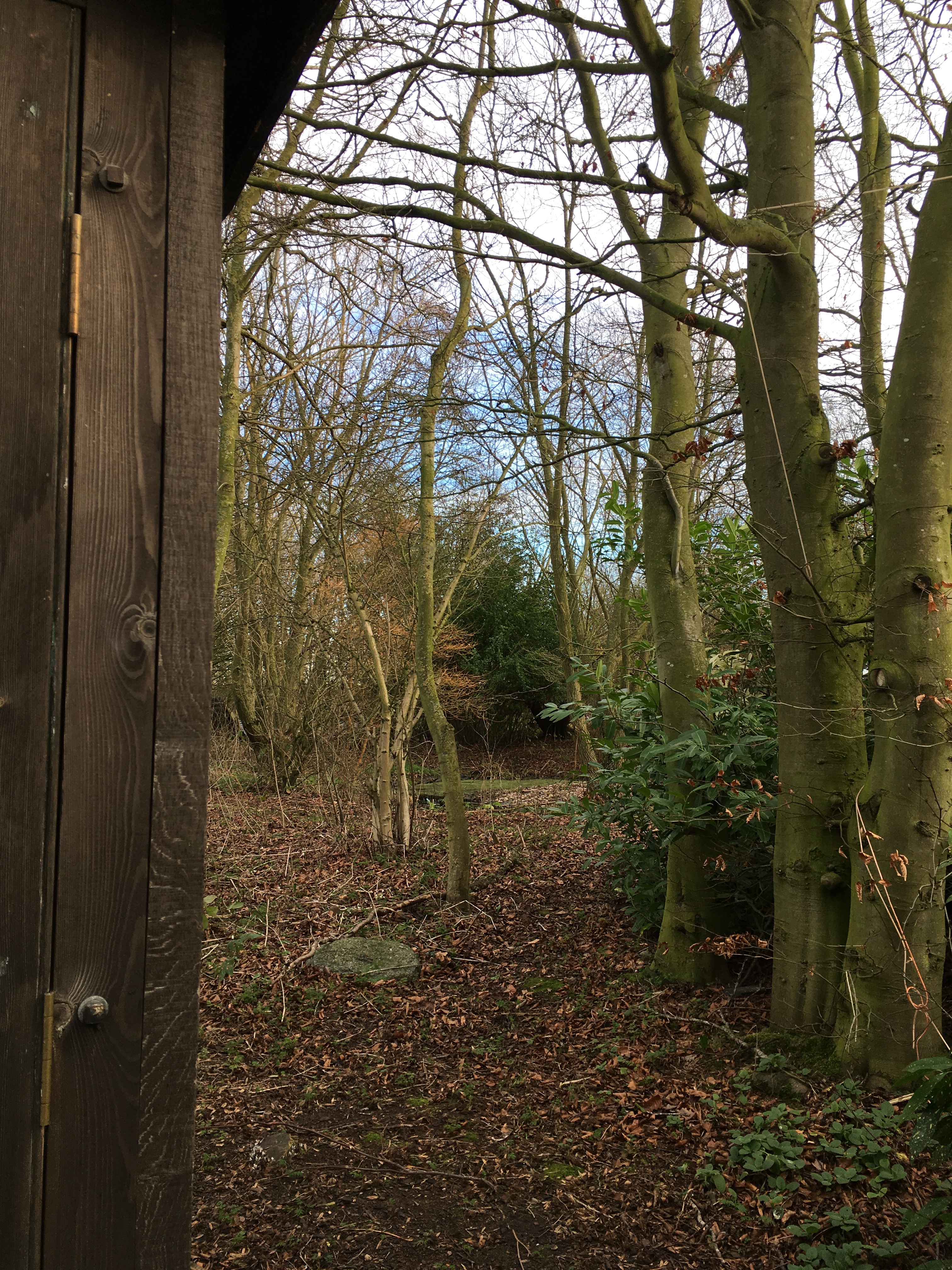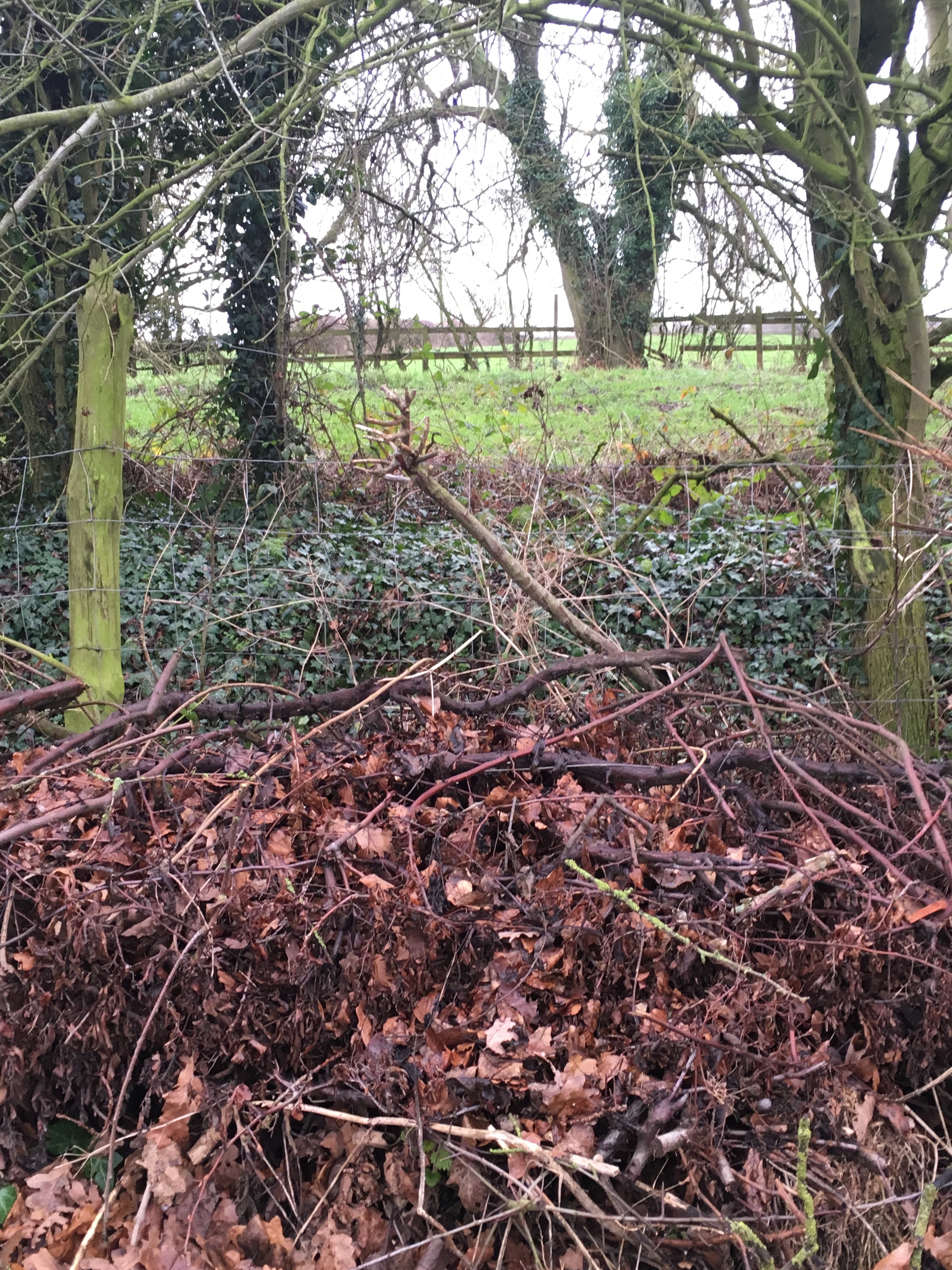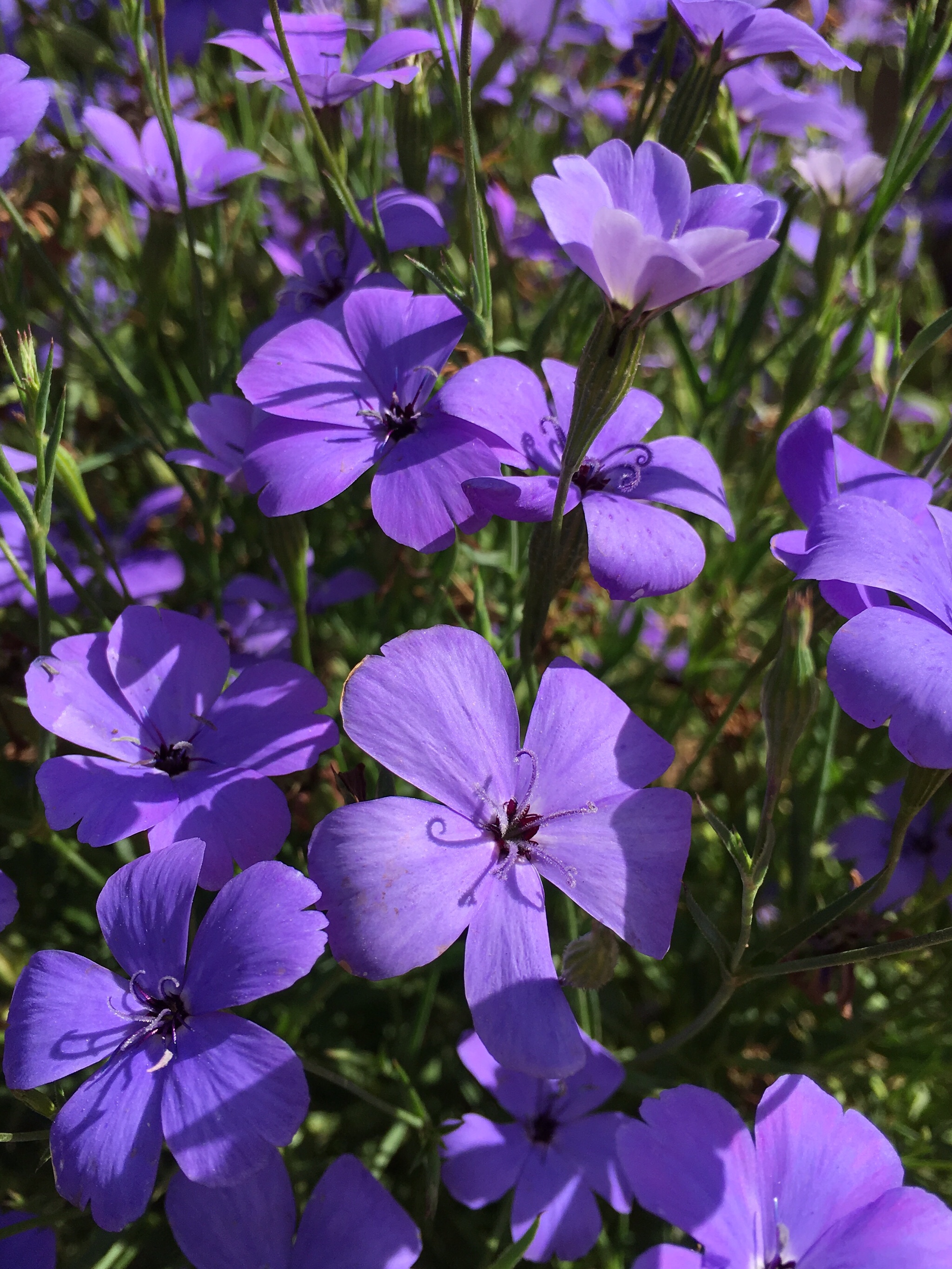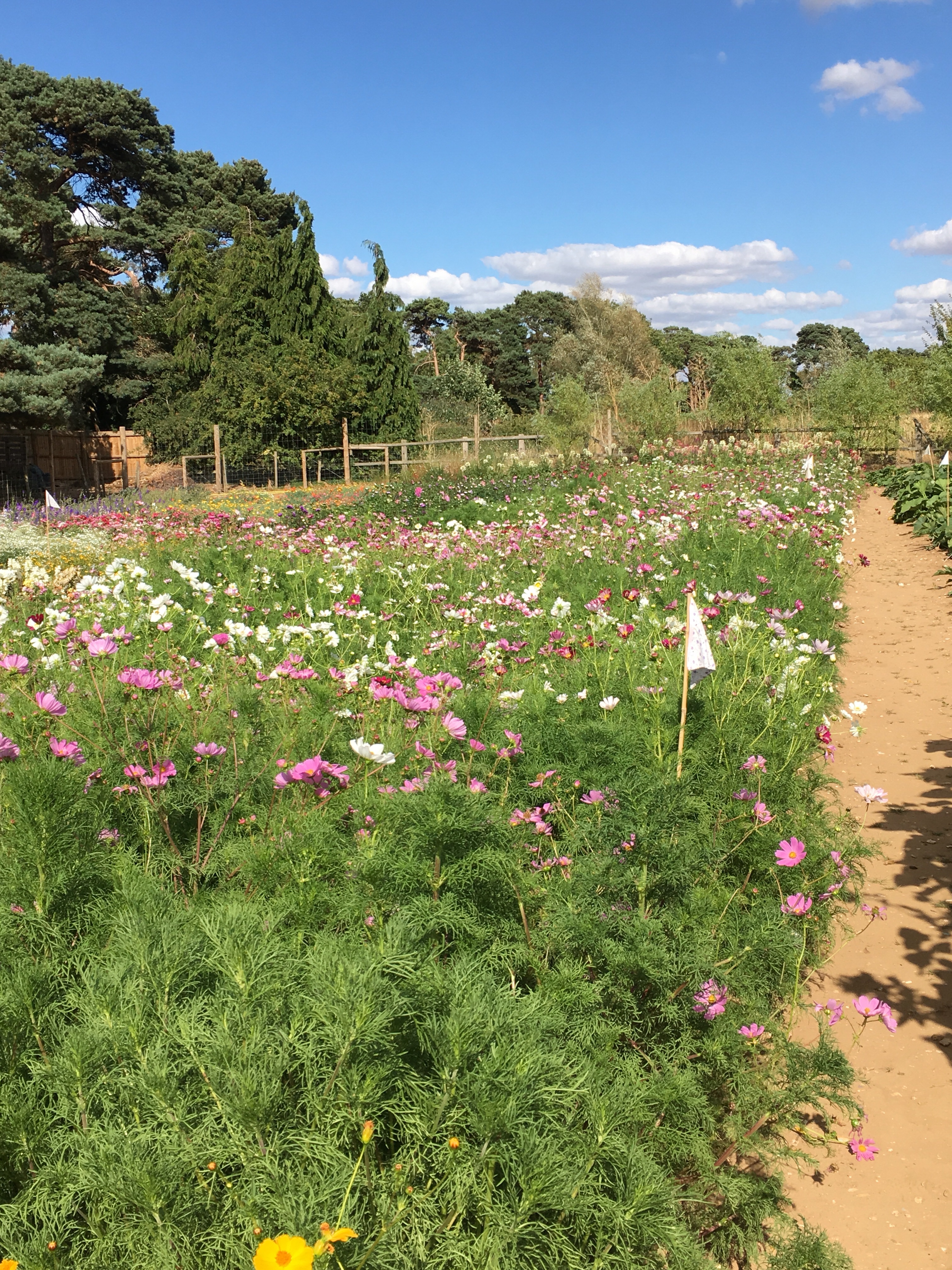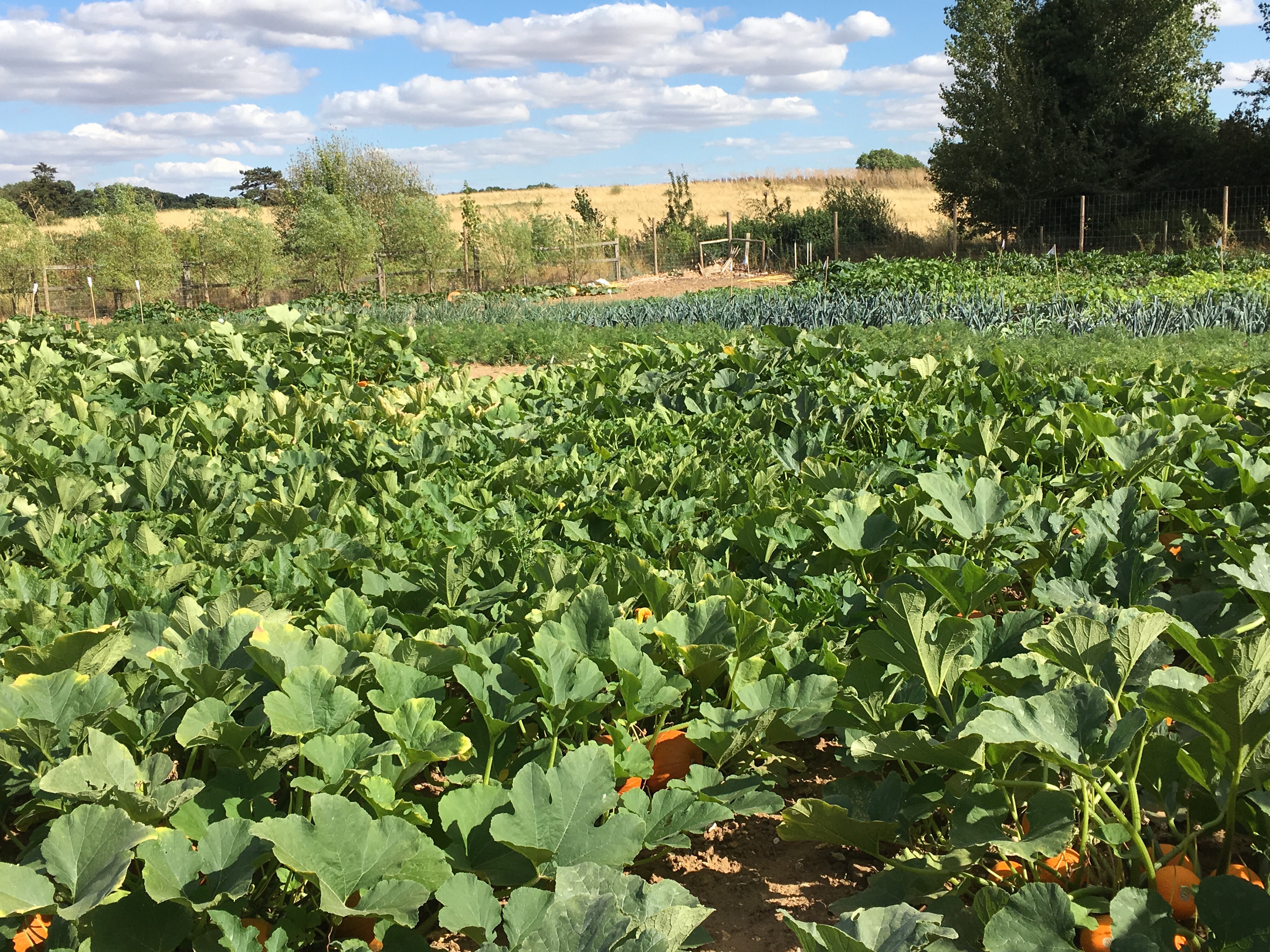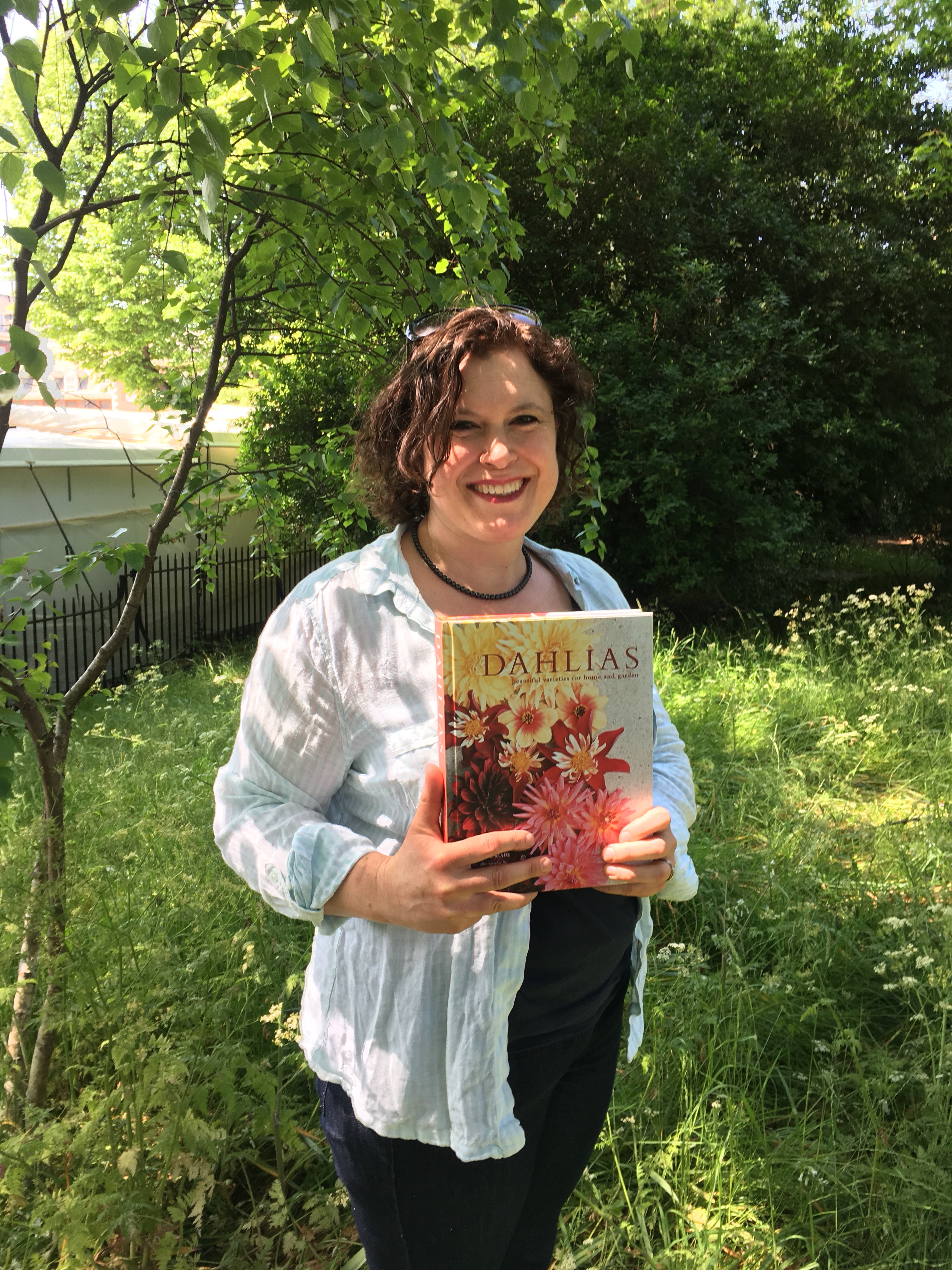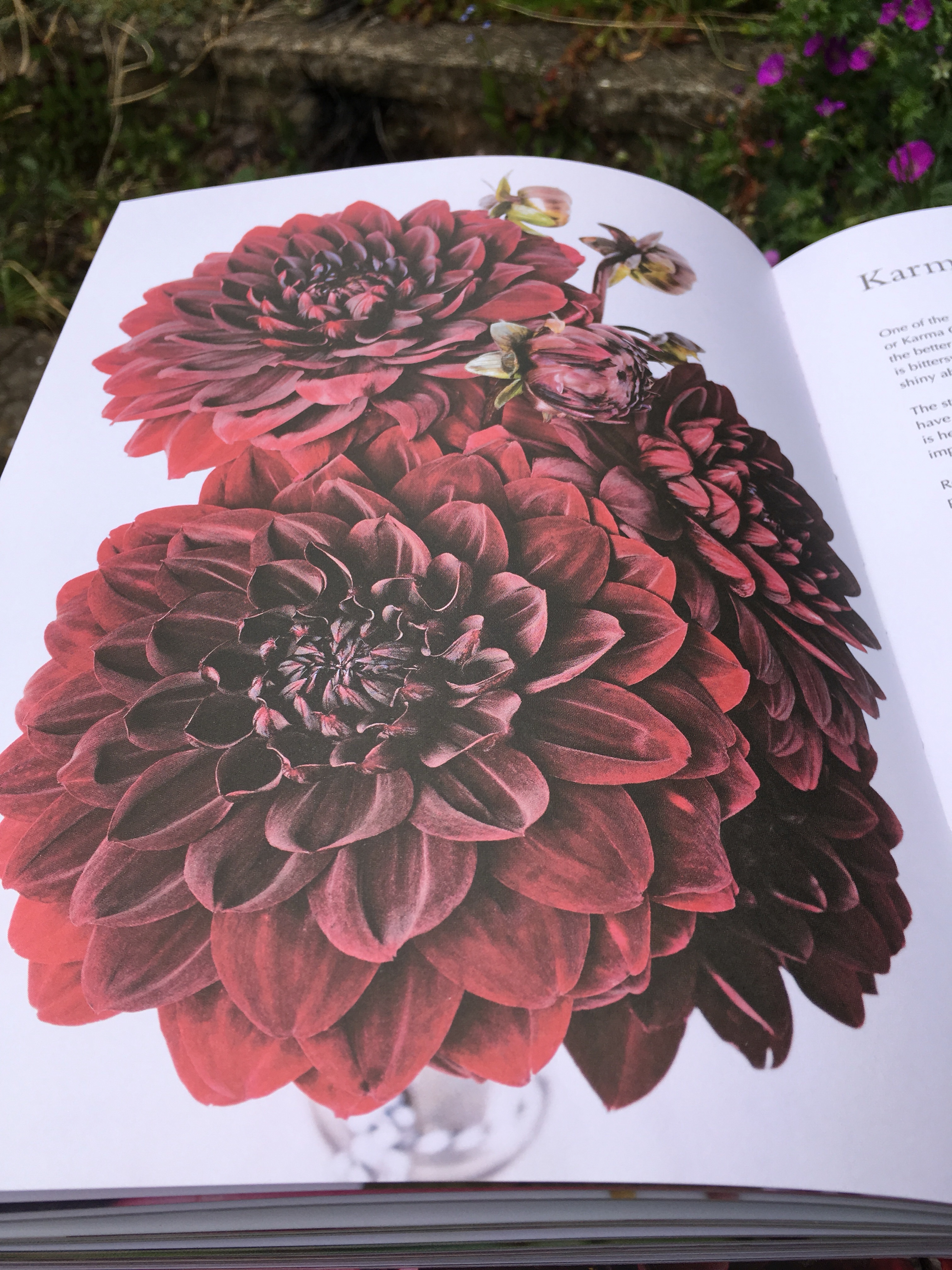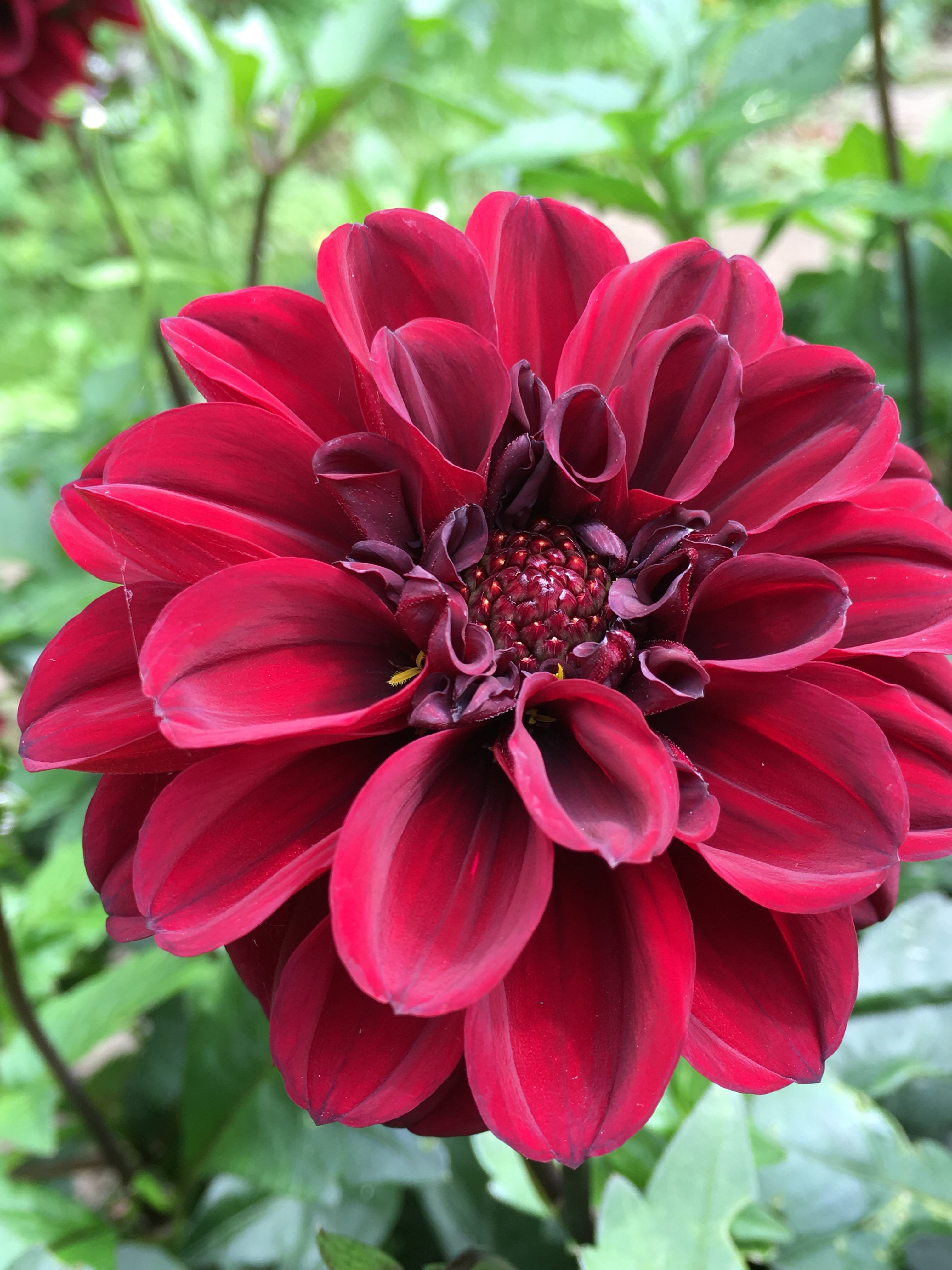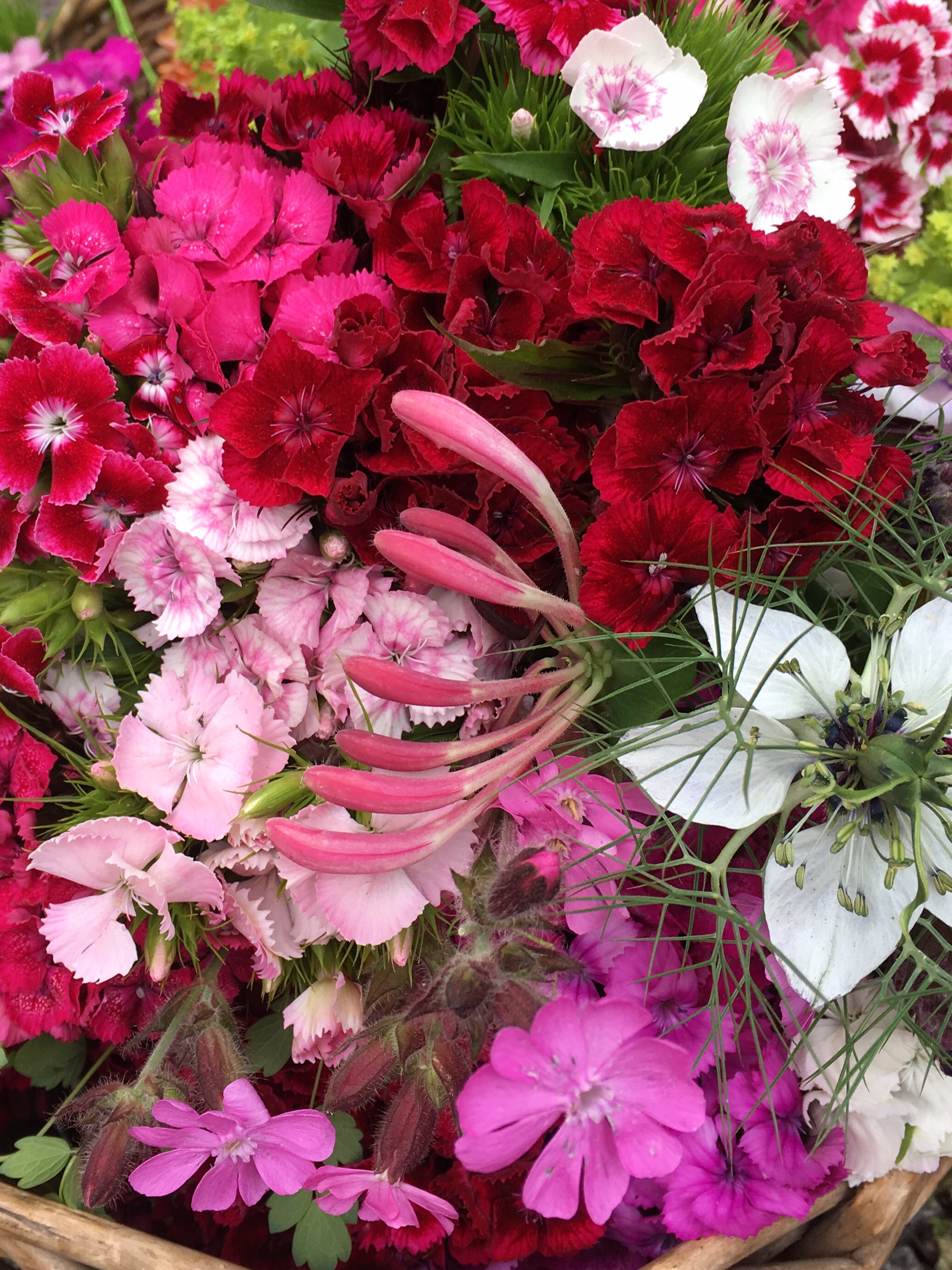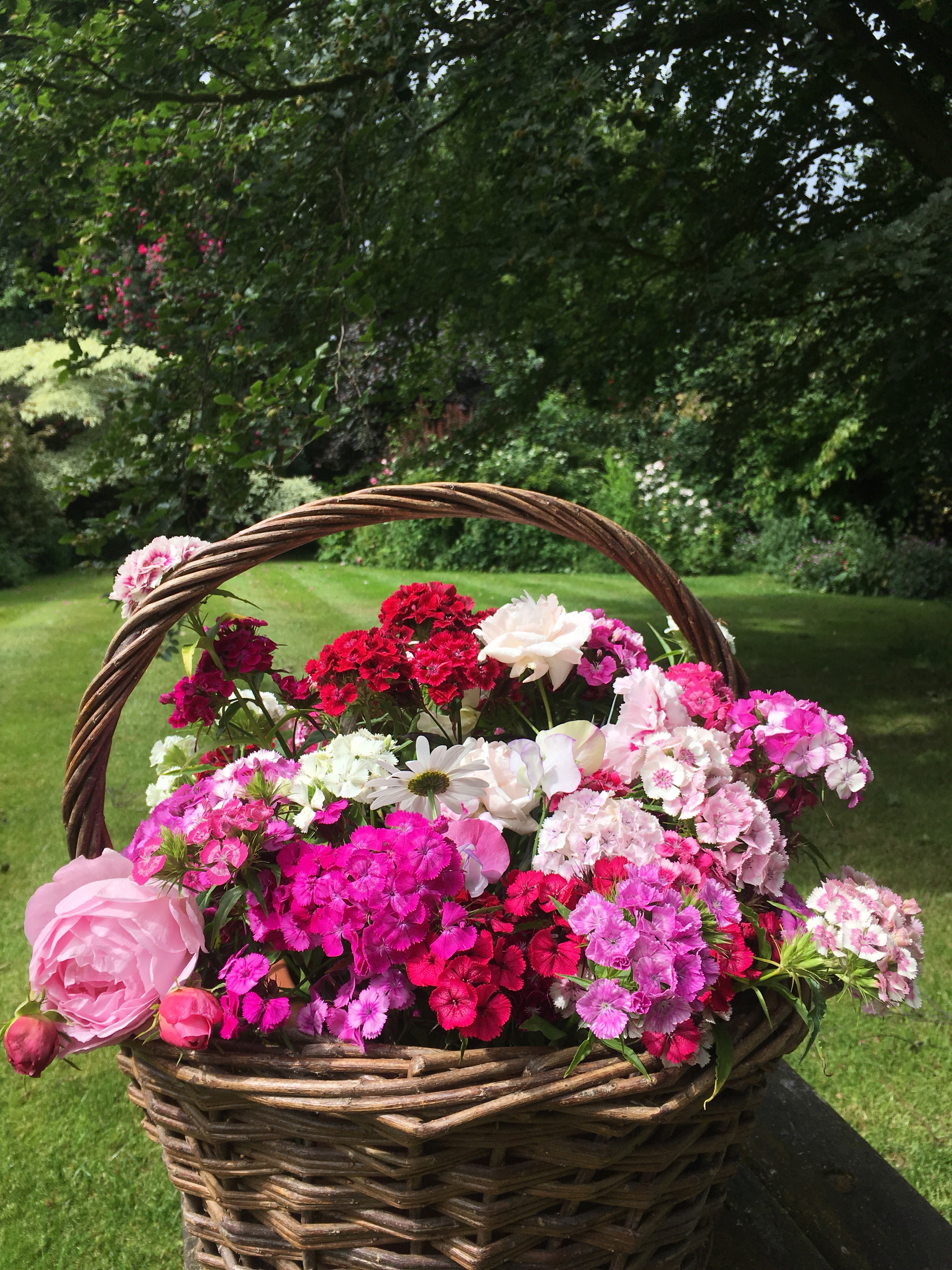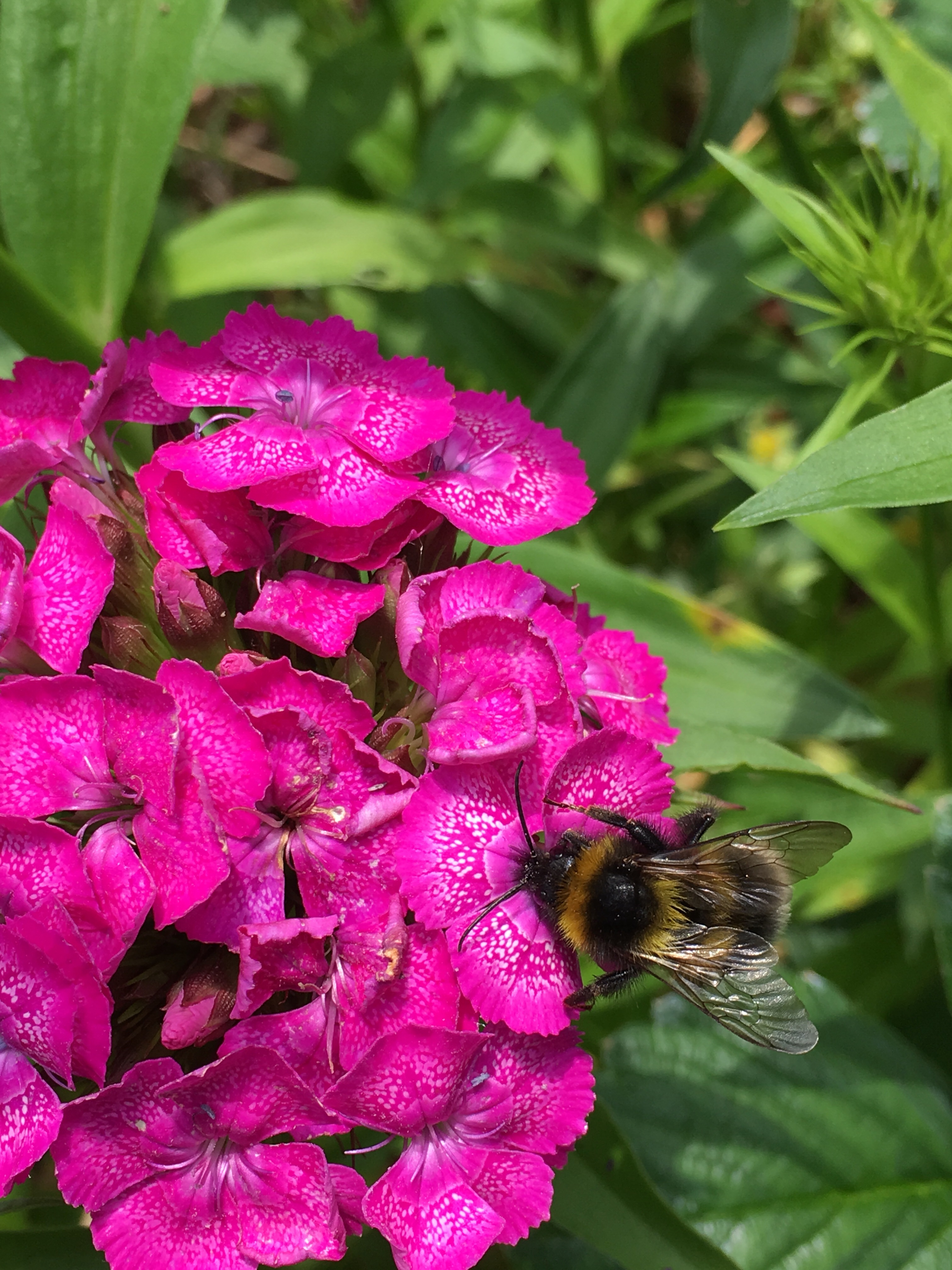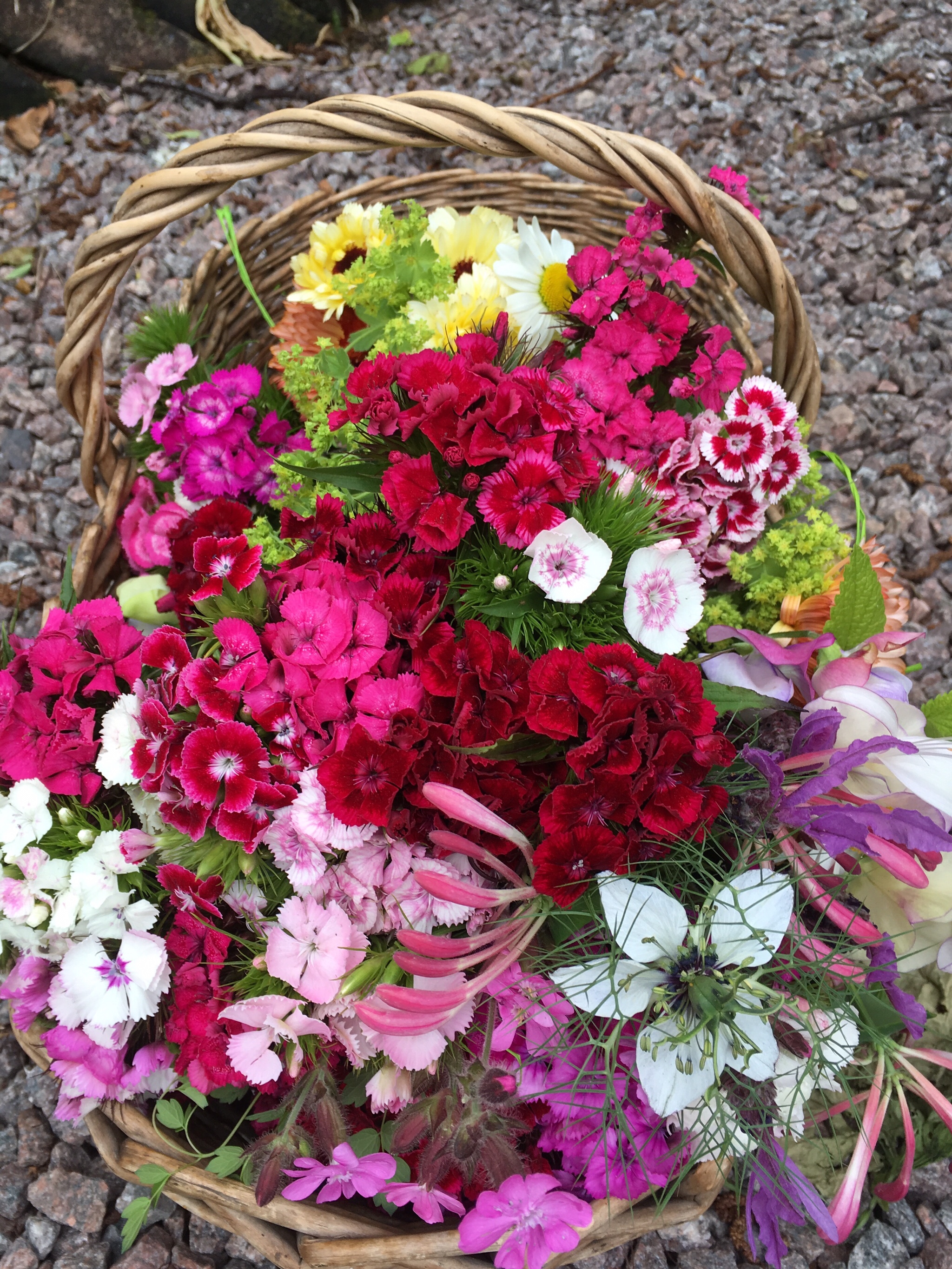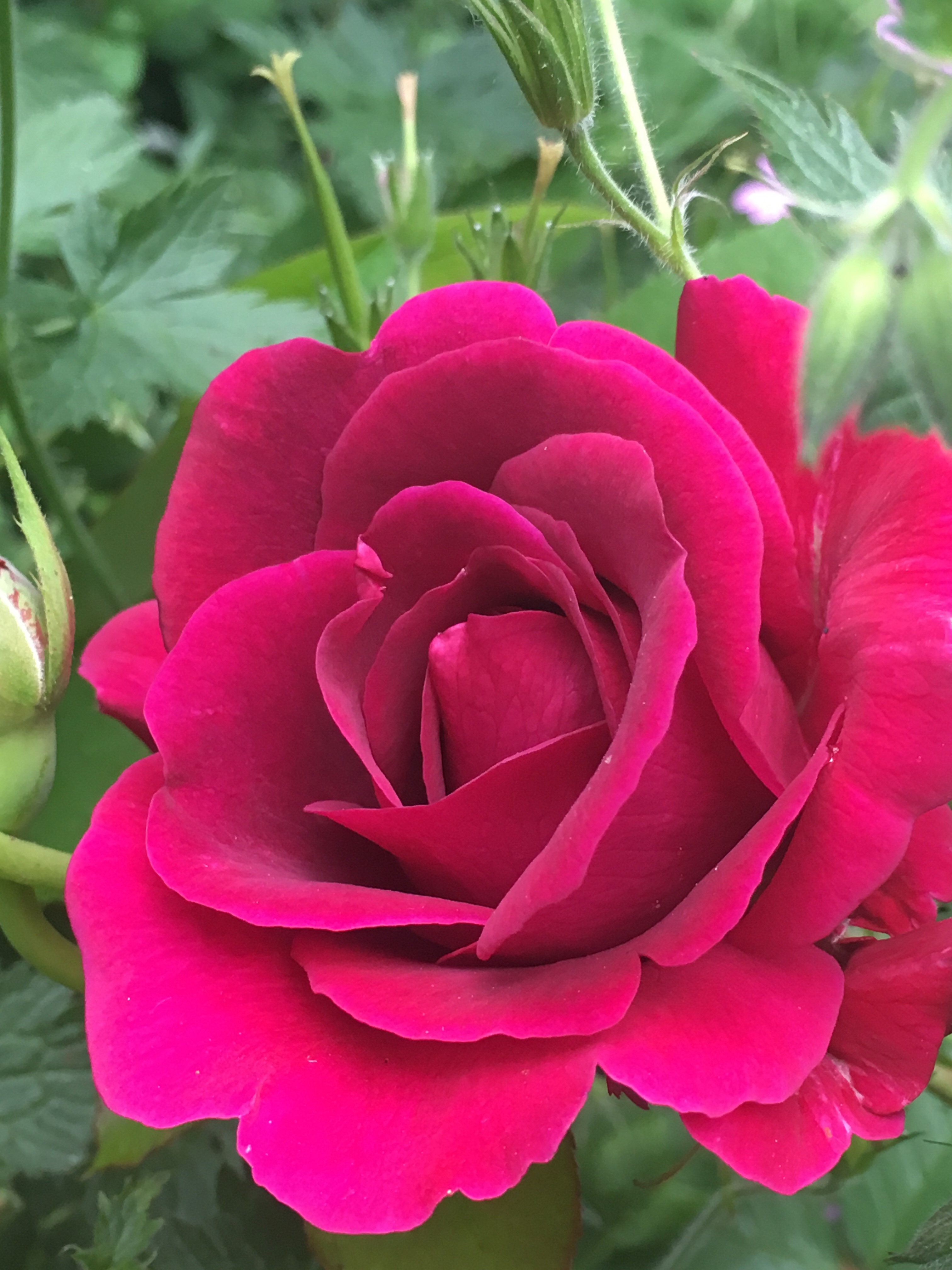
Bulbs and spring bedding plants are making me smile, after such a long, cold winter. I couldn’t get out last autumn to buy any plants, so I’ve reached spring with nothing to put into containers. But restrictions have lifted- and I’ve had my jab (hurray!) and I’m able to get out there! I can’t adequately describe the shear delight of actually being able to visit a plant nursery and buy a few flowers. Never in my life did I think such a simple thing as going out and buying plants would be so joyful- and appreciated. I’ll never take it forgranted again. Never.
I bought some potted anemone blanda, Bridal Crown narcissus and bellis daisies. I didn’t go mad with my first trip out. Every plant was savoured, the scent enjoyed, the colours marvelled at. I set the Bridal Crown in the centre of a favourite terracotta pot, and nestled the anemones and bellis daisies around the edge. Bridal Crown is perfect for a centrepiece as it’s multi -headed, which means it flowers for a long time. The stems twist and turn in different directions, giving a fountain-like centre to any pot. Anemones have a charming habit of scrambling between the narcissus stems and filling the gaps. Bellis daisies are just so cheerful. I particularly love the double pomponette types. All in all, my plants have provided a much-needed breath of spring, and the containers are cheering up my front doorstep and all the garden table tops, just in case we have visitors, which is now allowed. It will feel strange to have friends and family walking around my plot, after a whole 12 months without anyone visiting.
Here’s this week’s Garden News article, mentioning my treasured plant pots.

Peach Crumble Cake Recipe can be found here:
https://bramblegarden.com/2017/08/22/peaches-and-plums-crumble-and-jam/
And more photos of the containers, which have survived two windswept nights of -3.5C temperatures.

The scent is wonderful.

Just planted. Instant plants can be put together to make a colourful display. No one would know the containers hadn’t been planted last autumn.

Anemone blanda, mixed blues and whites.

I popped in two large anemone coronaria. I would usually grow all these bulbs myself, starting them off in September and October. But there’s so much choice at the garden centres, you can easily catch up now, and they don’t cost a fortune.
Bulbs and corms usually from https://taylors-bulbs.com/

Blue anemone coronaria. I love the inky black centres. Bees love them too.

Bellis Daisy. I usually grow these from seed. Mr Fothergills have this variety: https://www.mr-fothergills.co.uk/Flower-Seed/Bellis-Goliath-Mixed.html?ccode=F21PGP&gclid=CjwKCAjw07qDBhBxEiwA6pPbHkNeoDM1SLR8gcldYQP_rNdLZWfQ9HtAJHyWNs49sqz6to8sDiHbthoCV0oQAvD_BwE

Here’s the Superseed Trays I mention in the article. I’m trying to reduce my use of flimsy plastic trays which are not recyclable. The plastic breaks down to smaller and smaller pieces and gets into rivers and streams and out to the ocean.
https://superseedtrays.co.uk/

Behind them there’s a Bustaseed tray, made from recyclable plastic. Again, with divided module cells which can be lifted out without disturbing plant roots. These will be useful for taking cuttings.
https://www.bustaseed.com/

More details of Whinnypoo manure Tea. Very easy to use and it’s making my lemon trees green up beautifully after a long cold winter.
https://www.whinnypoo.com/

I love trying new products and I’m always amazed by the ingenuity of new business enterprises.



I’ve adopted a rescue cockerel. His days were numbered as there were too many cockerels where he came from. Sadly, if you hatch out chicks, some of them with obviously be cockerels and then they become unwanted. I’ve named him Merlin because he has the most gorgeous petrol -coloured feathers. And he has magiced his way into my life, just when I needed something to make me smile again. He’s now been joined by three beautiful bantam hens, so he’s in heaven here.

And finally, the latest photo of my lockdown kitten Monty. He’s been a constant source of joy since arriving here last summer. Hasn’t he grown into a beautiful boy. He’s enormous and very fluffy, but he has such a kind and gentle temperament. And he’s always by my side, keeping me company in the garden.
How are you all doing? Are any of you managing to get out and about and see friends and family again? It’s a while since I last wrote on here. We had several very sad deaths amongst friends and family. The latest being a dear friend, Jo, who died just six weeks after a diagnosis of cancer. We will be attending her virtual funeral on Friday, and I’ll be planting a tree in her memory.
Take care everyone, and thank you for reading and for your friendship and kind comments. This has not been an easy time for any of us, but there’s always hope for the future.
I’m @kgimson on twitter
Karengimson1 on instagram.



